
Dogs are often regarded as man’s best friend, but let’s face it, they can be a bit of a mystery at times. From spinning in circles to barking at inanimate objects, our furry companions have some peculiar habits that may seem inexplicable to us. If you’ve ever wondered why your dog does what it does, you’re not alone. We aim to decode some of the weird things dogs do, offering expert insights into the underlying reasons behind their behaviors. Get ready to discover the fascinating world of canine behavior and unlock the secrets to understanding your four-legged friend.
Eating Garbage
Sometimes dogs do some pretty gross things, like sample the neighborhood garbage. One of the reasons they do this is because they don’t have refined taste buds like humans.
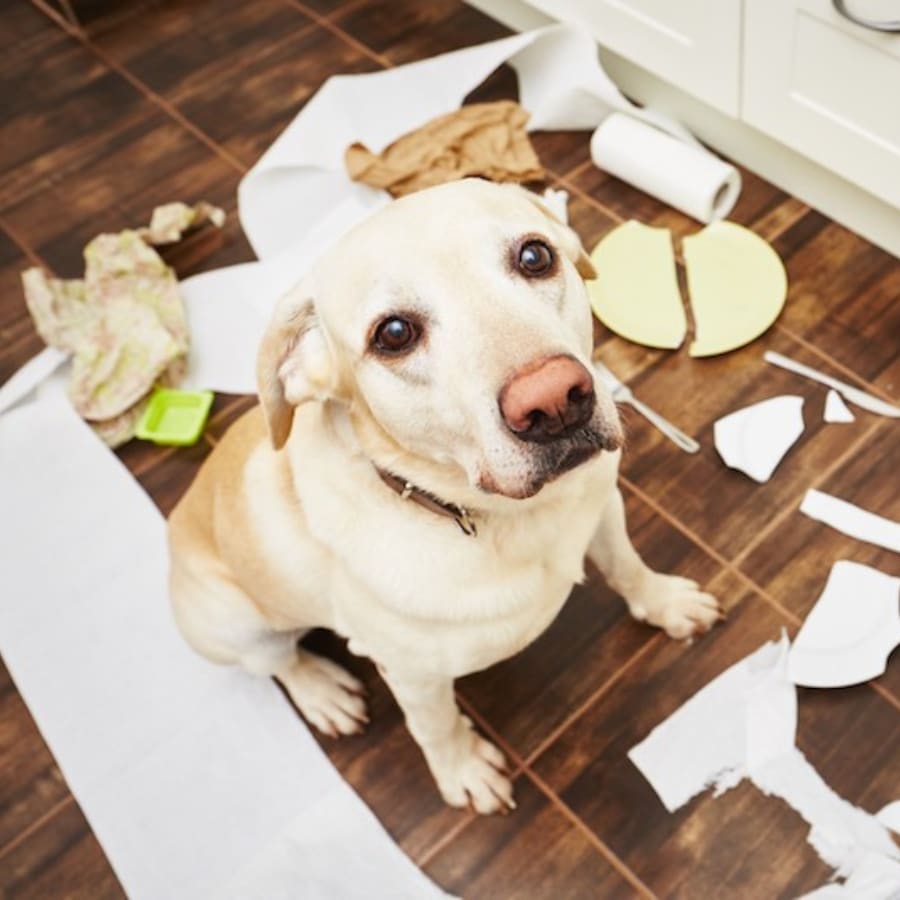
Due to their unrefined palate, expired food tastes just as good as kibble. Although we would not recommend feeding them anything other than dog food.
Howling At The Sky
Some dog breeds, like Huskies, love to howl and talk. In wolves, howling means that they are on their land and no other wolf packs should come near. For domesticated dogs, it is a little bit different.
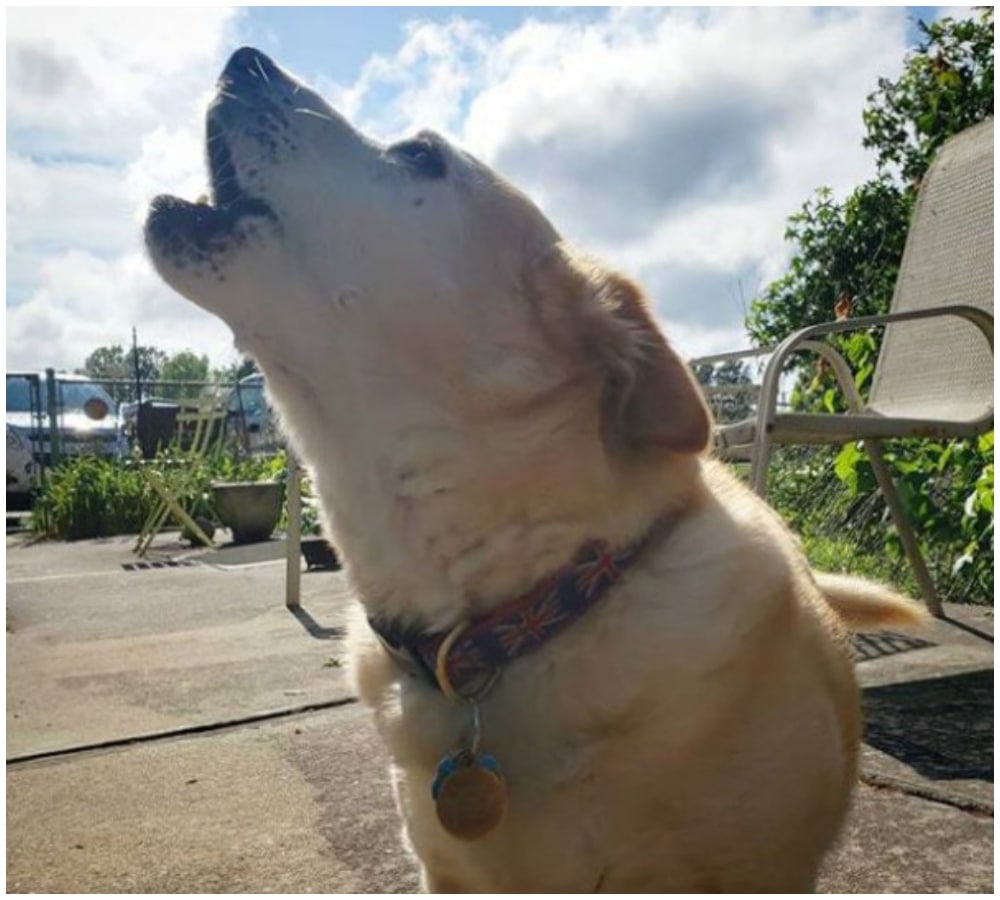
Some dogs have a lot of emotions, and the only way they know how to convey this is to let out a yip or a loud howl. Dogs that do a lot of talking are similar to humans that feel the need to share all of their feelings.
Wrinkled Muzzles
Sometimes dogs, like humans, may not be in a good mood. They will scrunch up their snouts until the skin on top starts to wrinkle. This is sometimes accompanied by a lip raise and a flash of teeth.
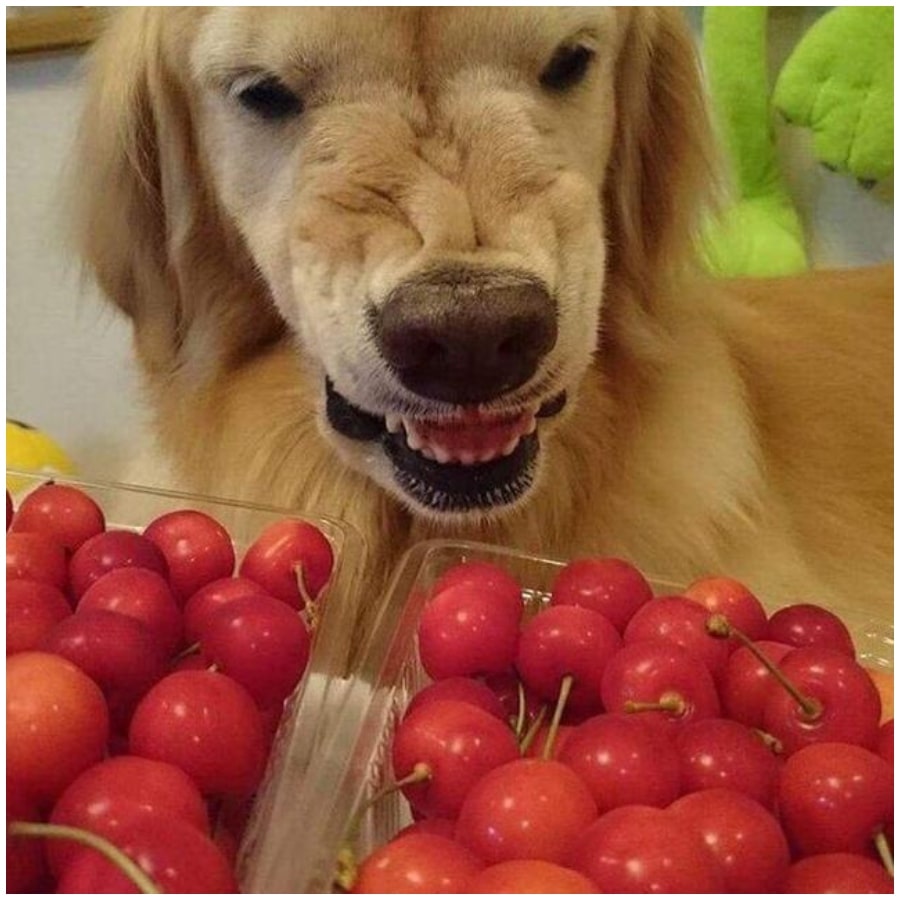
Typically this is not a good sign, and your dog is broadcasting a very specific message – stay away. They are not in the mood to be touched right now, and that’s okay. Just give them some space, and your loveable pup will calm down.
Sad Dog Eyes
Dogs have the ability to make their eyes big and round while they stare deeply into your soul. These ‘puppy eyes,’ as they are known, might make it look like your dog wants something.

Especially if you are eating a tasty meal, but it actually has nothing to do with begging. These puppy eyes are one of the ways that dogs express their love. The big eyes simply mean you’re the most important person in their life at that moment.
Big Yawns
Humans yawn because they are tired or bored. Dogs don’t really yawn because they are tired. Have you ever watched your dog and seen it stare at you with big eyes and then yawn? The dog is definitely not tired.
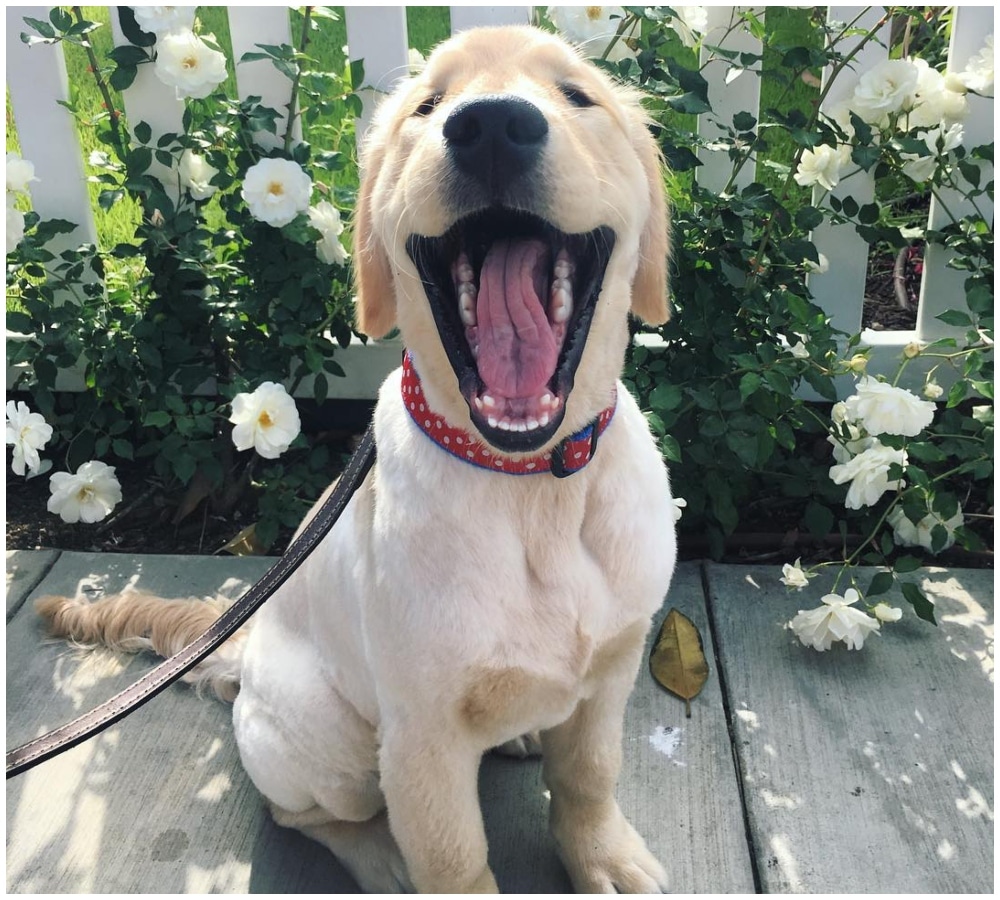
Instead, your dog is staring at you and yawning out of love. Showing their teeth and mouths is a submissive gesture. By being submissive, your dog acknowledges that you are the alpha of the pack.
Lolling Tongues
Just like humans, a dog will sometimes do something they are not supposed to. Maybe it is getting into the garbage or stealing a slice of pizza. Whatever it is, your dog knows it is not supposed to do that.
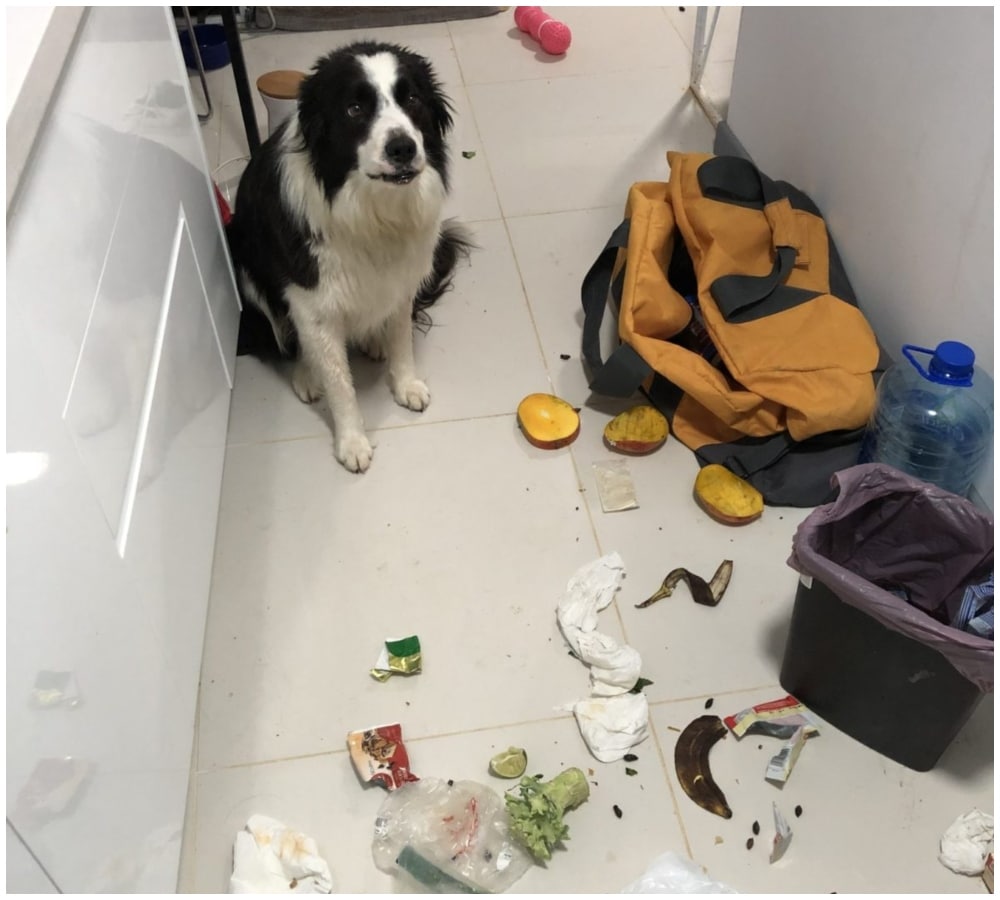
As soon as your dog does something that it knows it shouldn’t, it will come to you and start flicking its tongue in and out of its mouth. This gesture is a form of apology and an acknowledgment that they have done something wrong.
Cocking The Head
Dogs have some of the cutest gestures when it comes to listening to their humans. When they aren’t staring with big puppy eyes, they are busy tilting their head in your direction. This adorable gesture might seem cute, but it actually implies confusion.
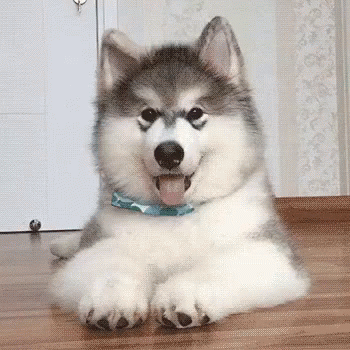
A dog that tilts its head a lot means that the dog doesn’t understand what is going on. You might just need to get down to your dog’s level and explain a few things.
Jumping Up
Some dogs have learned that they are not supposed to jump up on people, while others have not. Many owners find that this is one trait they can’t teach their dogs not to do. It can be a bit dangerous if a large dog jumps on someone.
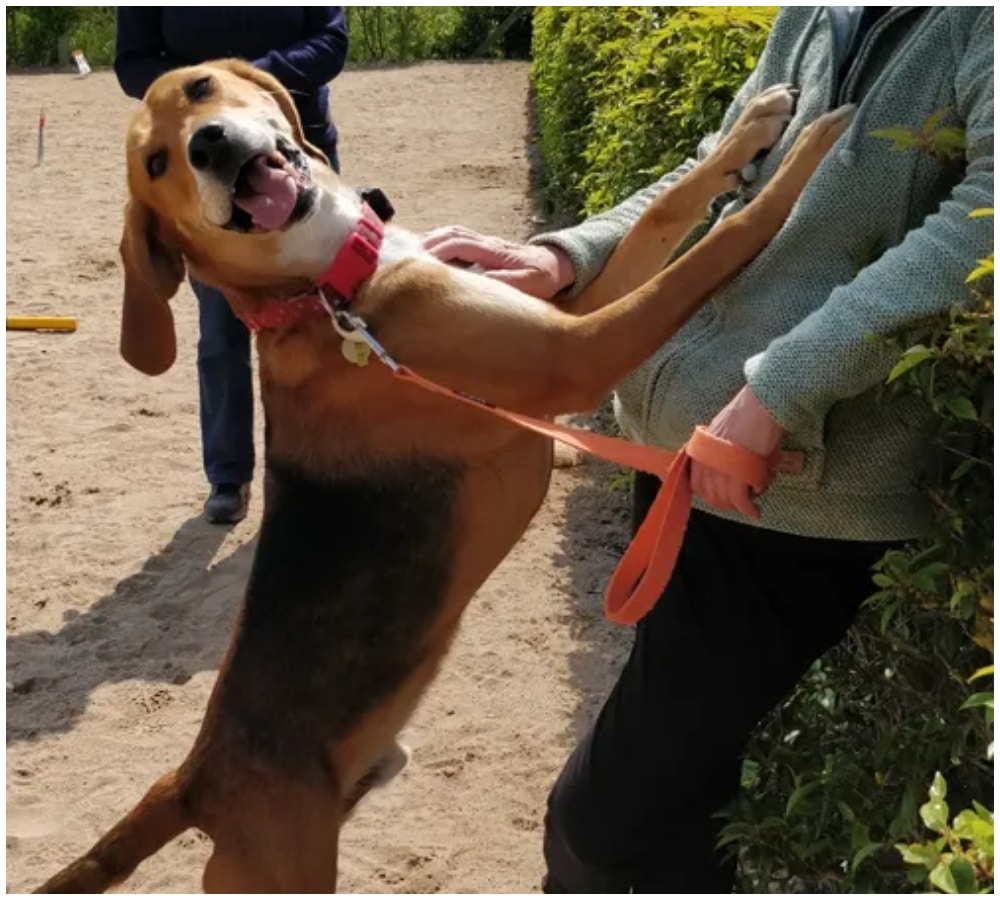
If your dog is jumping up, then what you actually have is a dog full of love. Dogs want to be as close as possible to their loved ones, and jumping up puts you almost snout to face.
Sleeping Together
Have you ever woken up, with a paw draped over you and a snout touching your nose? The answer is probably, “Yes.” Dogs absolutely love hopping into bed with their humans. Everyone likes to feel close to one another, and that is the same for dogs.
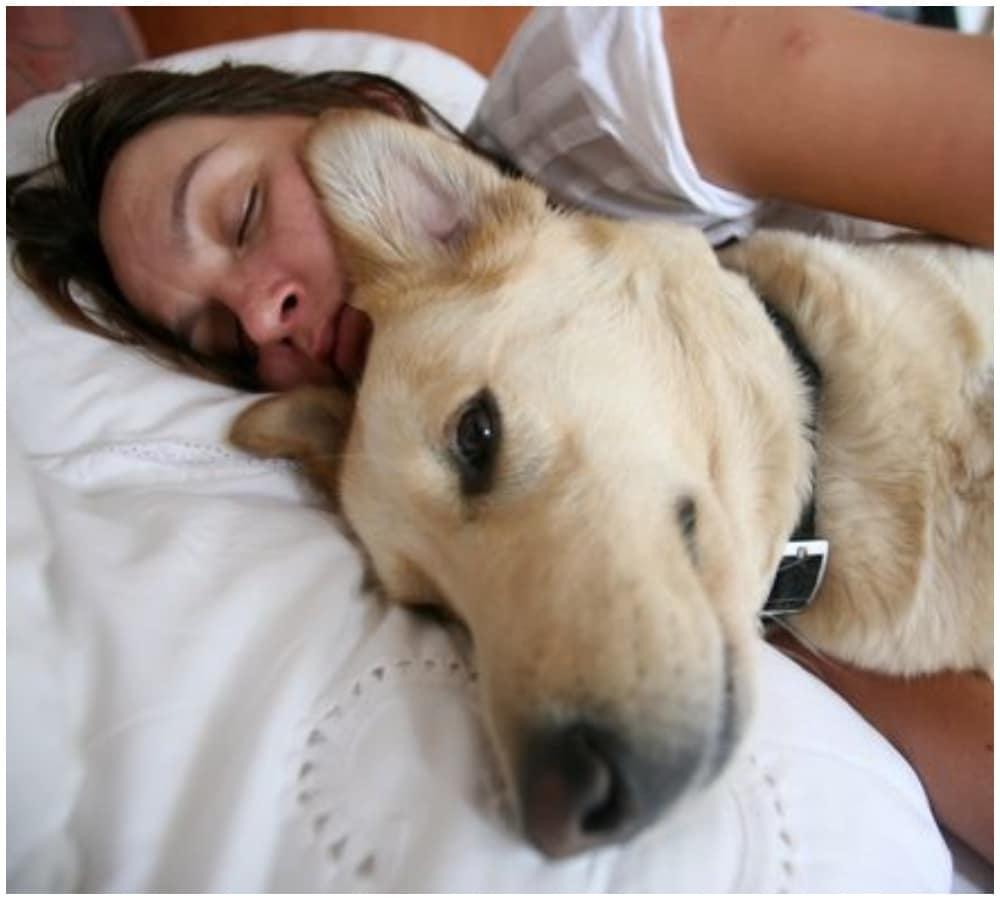
Sleeping next to their human is like sleeping with their pack. They get to cuddle up to them and feel secure in the knowledge that everyone is safe and sound.
Downward Dog
Anyone who practices yoga knows the pose downward dog. Dogs often stretch out like this pose after lying down. Pups will adopt this pose and stare at you, waiting for you to notice them. They look at this pose as an invitation to play.

Next time you see your doggie stretching out, grab a ball and get ready to play with your dog until it can’t move. You will both be thankful for the quality time together.
It’s All In A Bark
Dogs that like to talk just want to show off how much energy they have. Dogs that tend to bark a lot are trying to tell you some very specific pieces of information. A long sharp bark tends to mean that your dog is hurt or very angry.

A short series of barks, like a yip, implies your dog is feeling playful and wants you to notice it. Always be mindful of your dog’s barks, especially if you want to know what kind of mood they are in.
Public Yawns
Private yawns mean a dog is submissive, but if your dog starts yawning while being in public, take notice. Some dogs do not like to be around crowds of people, especially if they don’t know them.
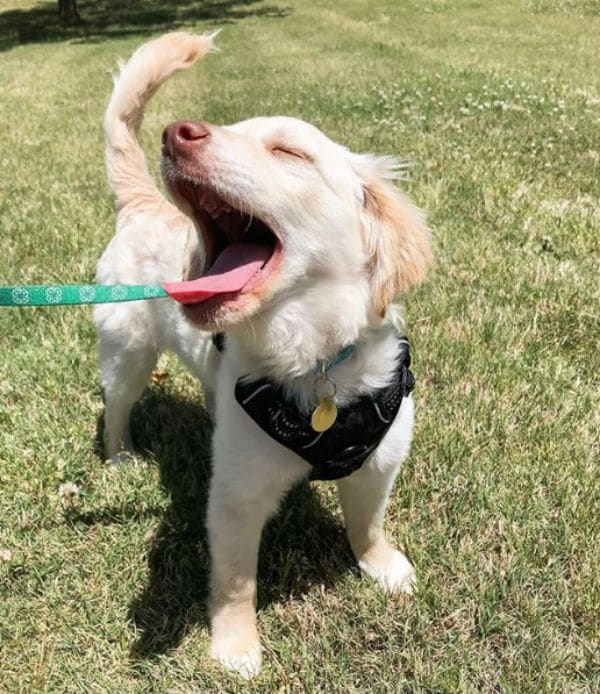
It can make them feel insecure and nervous. The yawns that a dog displays in public will convey this, and if you see this happening, it is time to get out of there. Your dog’s happiness should be a priority.
A Nose To The Wind
Have you ever noticed your dog raising its nose in the air? They tend to be sniffing something that you can’t see. Obviously, they have caught a whiff of something interesting. When you see a dog do this, it means they have caught the scent of an animal. Dogs were not always the domesticated creatures we know and love today.
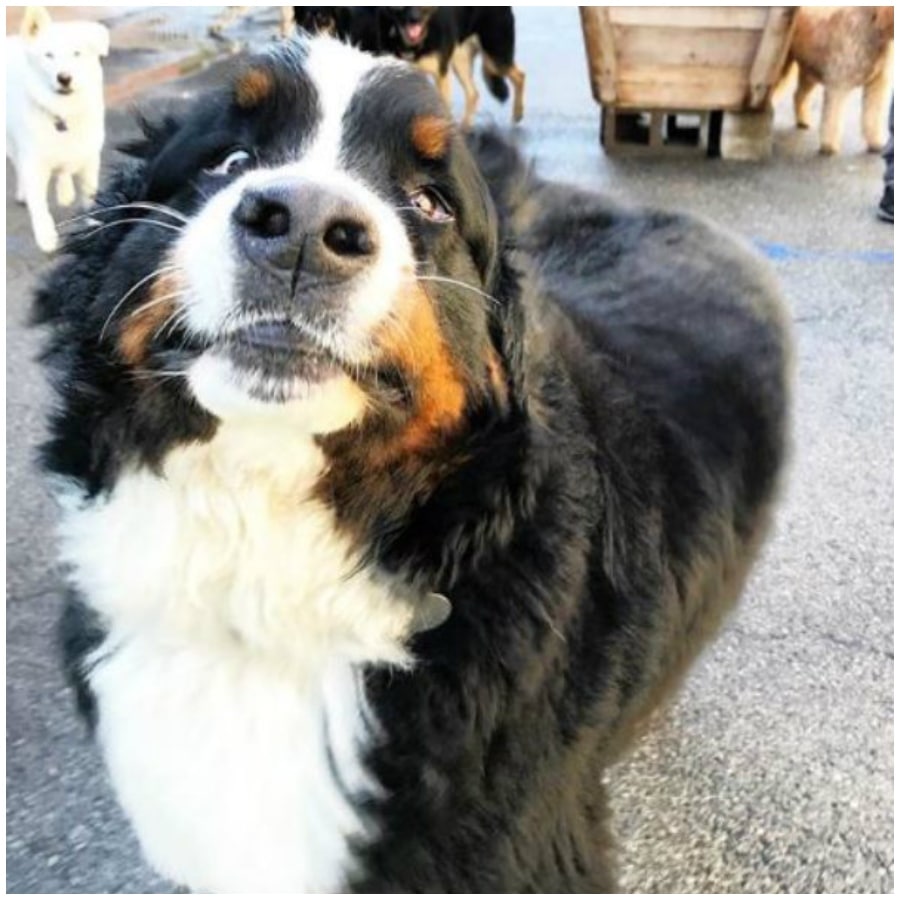
In the past, they were wild and, like wolves, would have to hunt for their food. That instinct is still present in domesticated dogs, and sniffing the air is one of the ways they show that off. The next time you see your dog sniffing, look around for a squirrel or a deer; that’s probably what caught their attention.
Dog Tails
A dog’s tail is kind of like a set of eyebrows on a human. They can convey emotions like skepticism, anger, happiness, and sadness. A tail can do this as well if you know how to read the wags.

When a dog’s tail goes between its legs, they are scared or angry. If a dog’s tail stands up straight, then they are excited and ready to play. An unsure wag means that a dog doesn’t feel as secure in a situation as it would like to.
It”s All In The Eyes
The eyes are the gateway to the mind, and that is very true for dogs. Just as humans can express emotions with their eyes, so can dogs. The happier a dog is, the wider its eyes will be. If a dog is feeling sad, their eyes will look small and downcast.

People who think that dogs don’t show emotions are definitely wrong. Dogs feel just as much as humans do, and you should always be considerate of their feelings.
Fake a Limp
Dogs are known for their loyalty and intelligence but occasionally, they may exhibit puzzling behaviors, such as faking a limp. This peculiar action can stem from a desire for attention or something they need, like a walk or playtime. Canines may also use limping as a strategy during play to appear vulnerable or to attract care from their owners. It’s crucial not to encourage this behavior, as it can become habitual.

If a dog’s limping is inconsistent or improves suddenly, it may be feigned. However, it’s important to rule out discomfort, anxiety, injury, or trauma as genuine causes of limping. Therefore, close observation is necessary to discern the true nature of the limp, and if in doubt, a vet should be consulted to ensure the health and well-being of the pet.
After Eating Snuggles
Have you ever eaten a big meal and just wanted to cuddle up afterward? Most of us have had a nice dinner and then headed to the couch to laze about and digest. Dogs like to do this too, and it is even better if they can snuggle with their humans.

Encourage your pup to snuggle after eating, and they will adore you even more. The feeling of closeness creates a feeling of security and gives them time to relax.
Flicking The Ears Back And Forth
Sometimes it can be hard to grab your dog’s attention, especially if there are some new sounds happening. Dogs need time to acclimate to different places and noises. When you go somewhere new, watch your dog’s ears.

They may start flicking back and forth, which is a sign they are taking in their surroundings. It is a little bit like sensory overload, and they just need some time to get used to everything.
The Lick Test
Dogs have an extraordinary sense of smell, which can sometimes be utilized in medical scenarios, such as detecting cancer. Some studies suggest that when a dog persistently licks a specific area of your body, it might be reacting to the scent of cancerous cells.

My Dog Follow Me Everywhere
Ever wondered, “Why does my dog always shadow me?” Let’s dig into their wolf-like pack mentality, trait dogs have carried from their wild ancestors. This social instinct and several key factors might explain your furry friend’s shadowing behavior. 1. Pursuit of rewards: Dogs are great learners. Their keen observation skills have taught them that staying close to their humans yields rewards like treats, cuddles, or walks. This positive reinforcement makes your dog’s decision to follow you a no-brainer; 2. Mealtime anticipation: If your pooch seems extra attached around dinnertime, it’s likely just expecting its share of food, marking another context-driven reason for its trailing behavior.
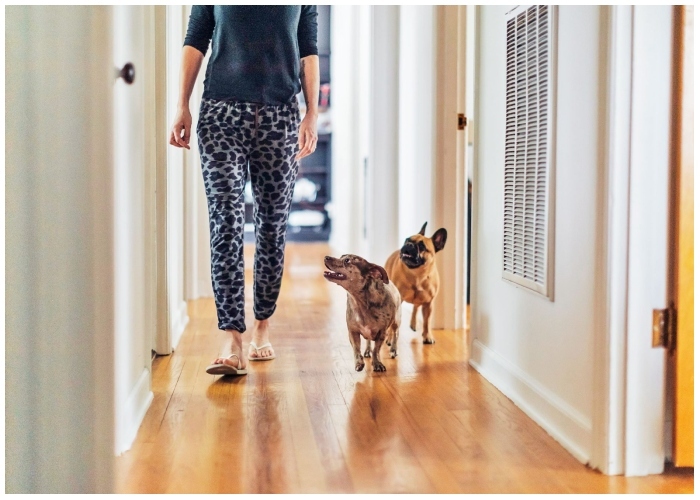
3. Boredom: A bored dog can often turn into a shadow. If you’re preoccupied with household chores and your dog is following you persistently, offering a puzzle toy can help keep it engaged; 4. Nature’s call: Perhaps your dog indicates it’s time for a bathroom break, hence the constant staring and trailing; 5. Separation anxiety: If your dog seems more clingy after a long day apart, it might be dealing with separation anxiety.
Lean On Me
Just like humans, dogs need to feel safe and secure wherever they are. Dogs don’t have the ability to reach around and hug you the way that a partner or friend can. Instead, they have developed leaning as a form of hugging.

Whenever your dog wanders over and leans against your legs, know that your dog loves you and just wants you to know it. This is the kind of behavior you always want to encourage.
Goodbye, My Friend
Getting that sad puppy-eyed stare when you have to say goodbye to your dog is pretty tough. You watch your dog sit there and just stare at you as you leave your home. By sitting and watching you, your dog is acknowledging that they expect you to return.
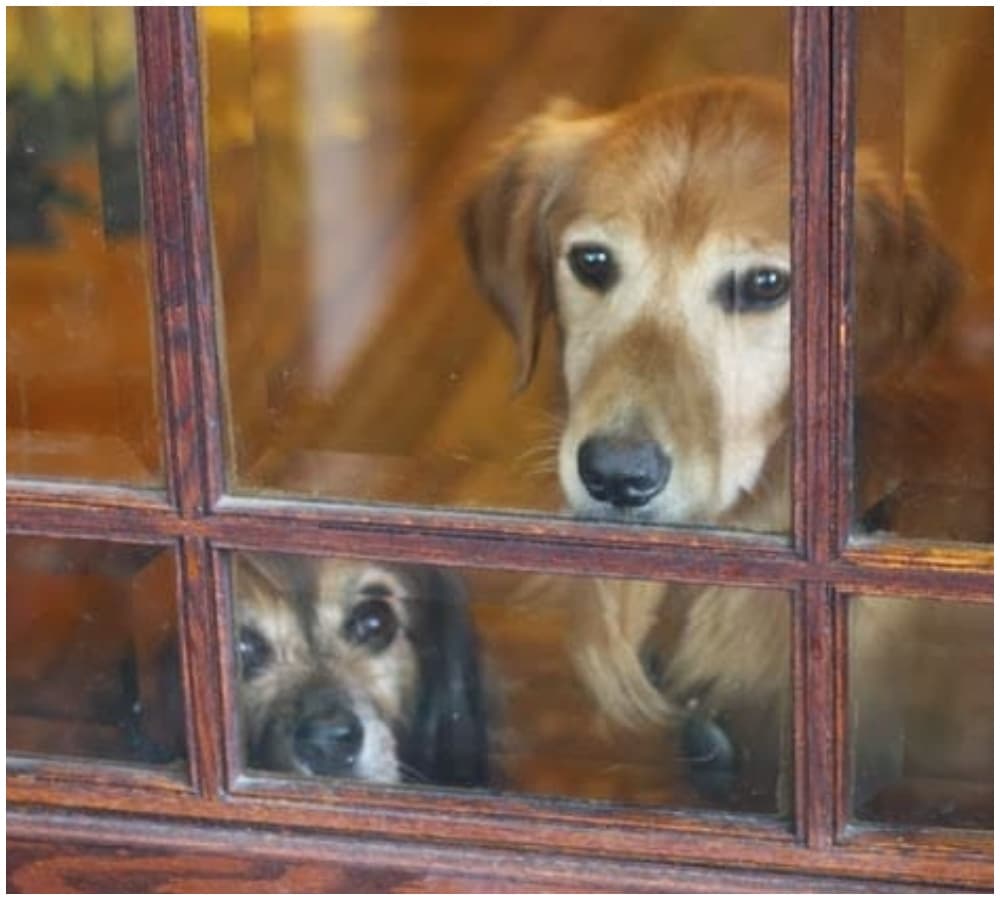
That kind of trust is earned, so don’t let your dog down. Always return home, and make sure to greet them with a pat. They need that physical assurance to let them know that you love them.
Fetching Balls
This is one of the most common dog behaviors that people misunderstand. Just because a dog has a stick or a ball does not mean that they want you to throw it. Dogs believe in sharing everything they have, and that includes their toys.
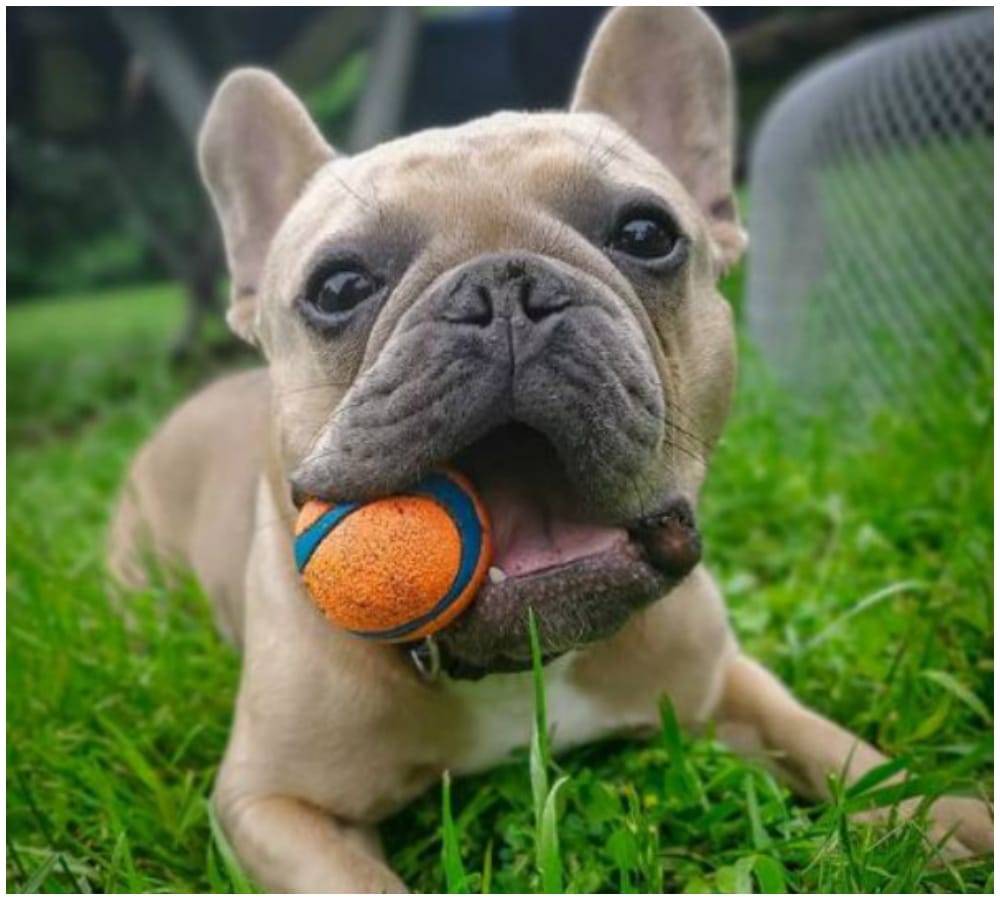
When they trot over with a ball or toy, pick it up and pretend to play with it a bit. If your dog acts like they want you to throw it, then start playing fetch with them.
Deciphering Canine Excitement
Recognizing excitement in dogs is crucial for interpreting their behavior. An alert or aroused dog often displays a forward body stance, ears up, and a high tail. Raised hackles paired with this posture point to an intense state of alertness. These signals indicate a dog’s heightened engagement with their surroundings.

Making Circles
At the end of the day, dogs are packed animals at heart. Their ancestors are wolves, and there are certain instincts that have stayed with them. In the wild, wolves needed to trample the forest floor down to turn it into a bed.
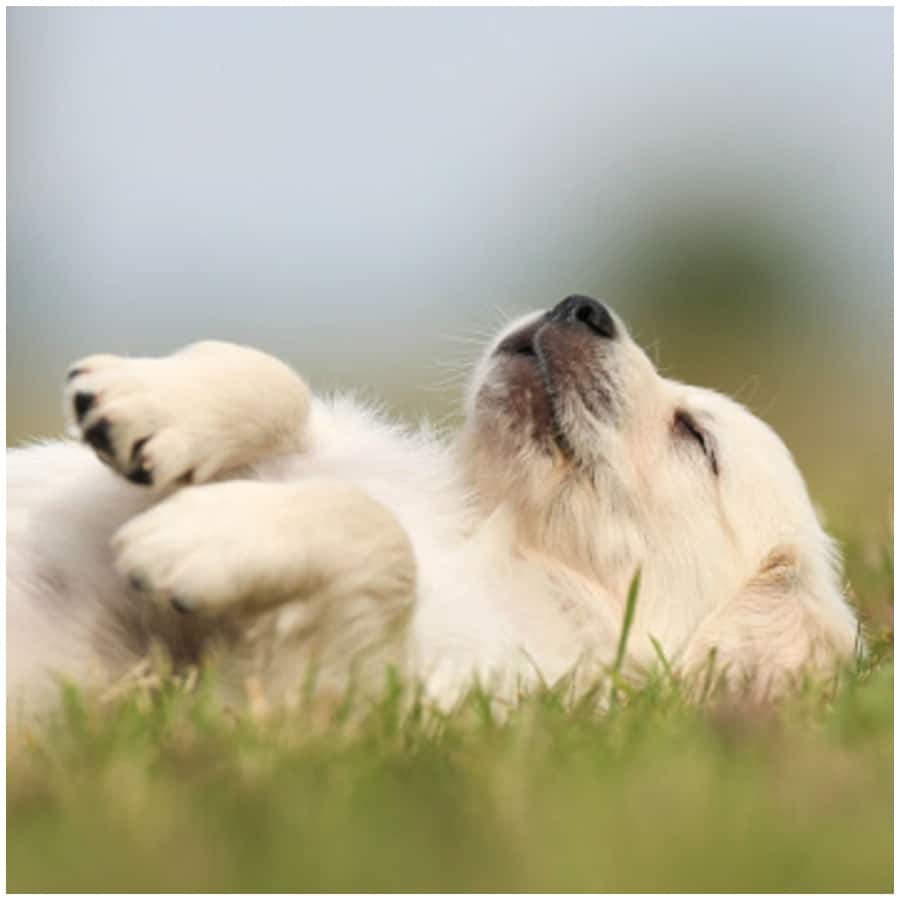
Dogs still feel they need to do this by walking in circles on a carpet or dog bed. When it feels right to their paws, they can lay down and sleep.
Biting
Whether a dog is biting in play or biting out of aggression, it is not something you want to encourage. Dogs usually bite when they feel scared or threatened.
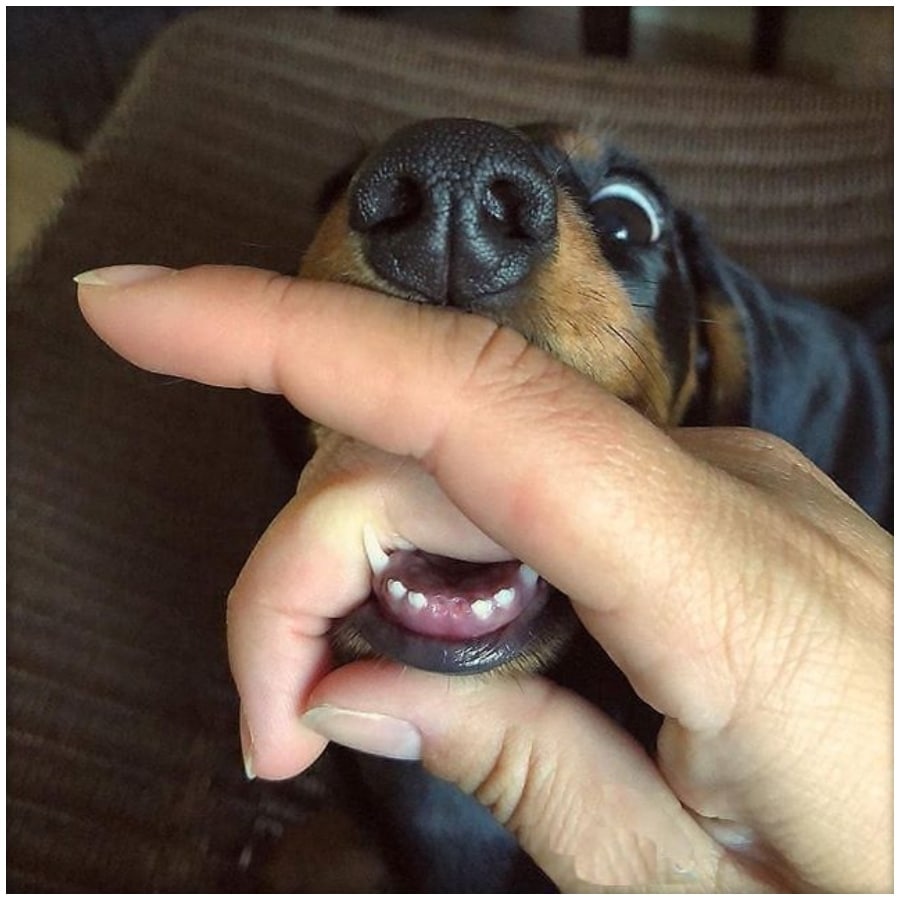
Play fighting with your dog can make your dog feel like they need to protect itself from you. The easiest way to stop a dog from biting is to ignore it.
Non-Stop Digging
As soon as a dog gets outside, it feels free to do whatever it wants. The yard is its kingdom. Some dogs opt to start digging a tunnel to who knows where. Dogs dig to create a cool spot to sleep in or even a place to hide.

If your dog starts digging in your home, you should consider taking it to a dog behaviorist. There might be some emotional issues that need to be addressed.
Pressing A Head Against A Wall
Dogs are funny creatures that get up to all sorts of naughty things. You might think that your dog is playing games by pressing its head against the wall but think again. Dogs only press their heads into hard surfaces if something is bothering them.
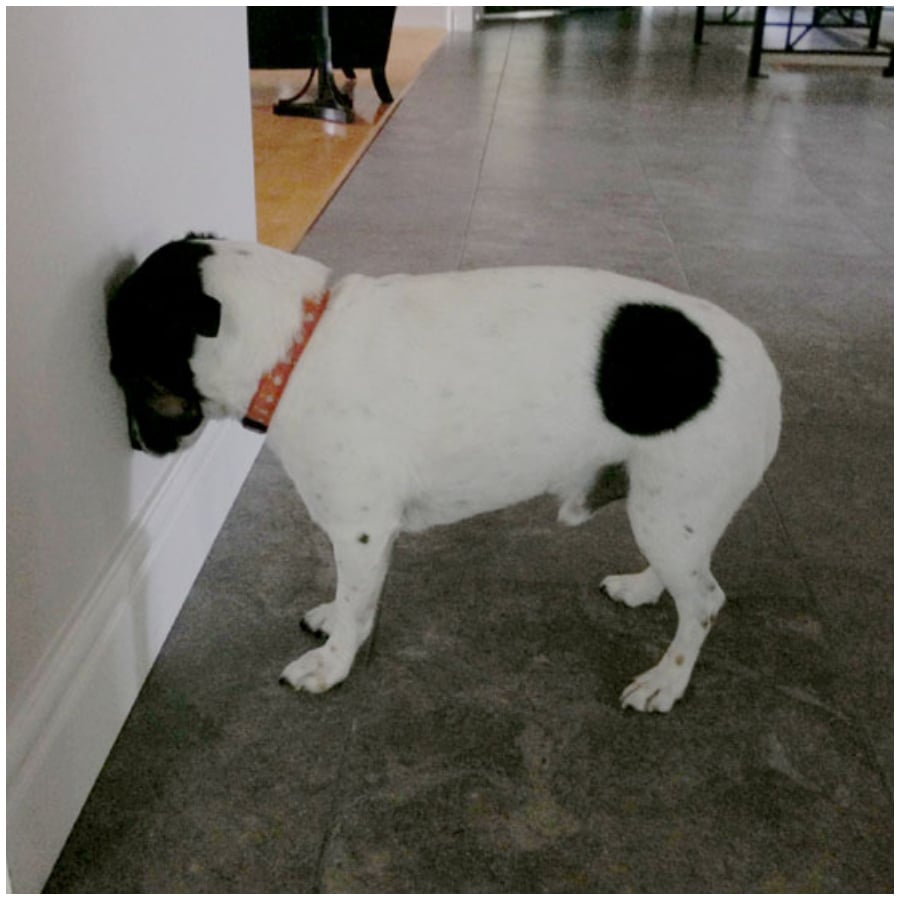
This can be a sign that your dog needs to see a veterinarian because something is going on inside their bodies.
Licking Your Feet
First and foremost, dogs often use licking as a form of affection. It’s their way of connecting with you and showing you some love, albeit in a slightly unconventional and perhaps ticklish manner. Your feet happen to be one of the more accessible parts of your body when you’re standing or sitting, making them an easy target for a slobbery smooch.

Dogs have an extraordinary sense of smell—way better than ours. Our feet are a powerhouse of pheromones, which give off a unique scent that your dog might find irresistible. By licking your feet, they’re not only acknowledging you as their pack leader but also getting to know you better through your individual scent profile.
Scooting Around
Some dogs will scoot their behinds around on the floor. This looks pretty strange, but it could mean a couple of things. The first is that there’s something on your dog’s behind that they want to come off.
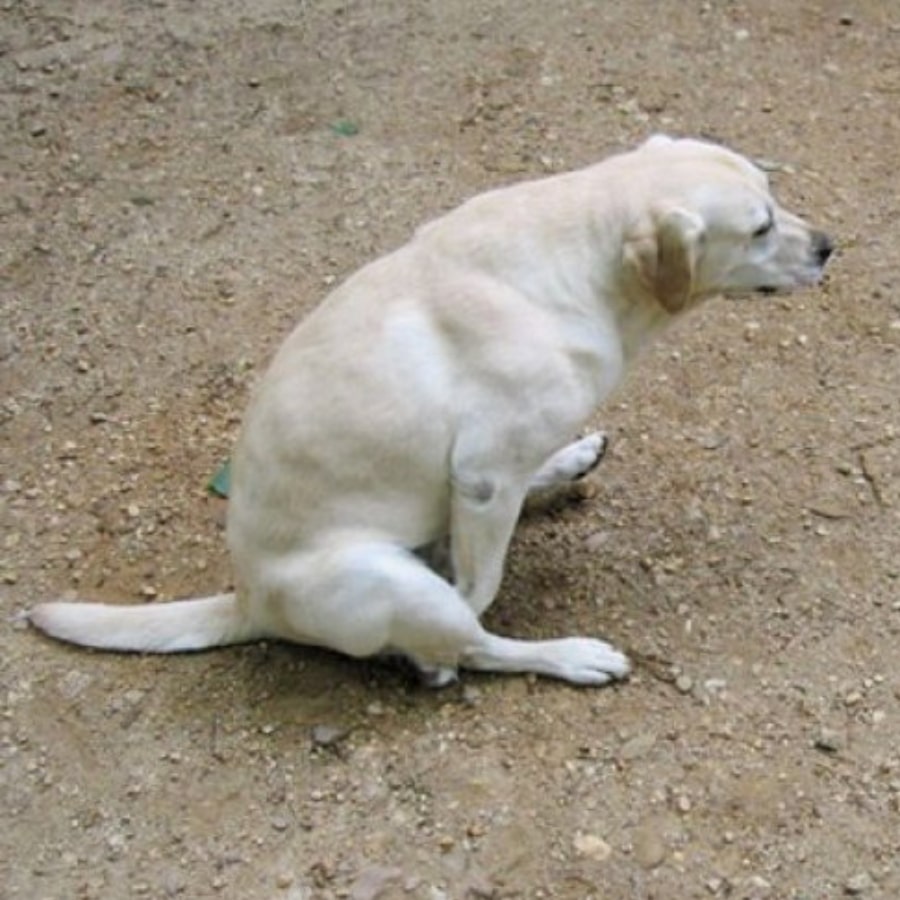
The second is that something might be going on in their behind region that requires a visit to the vet.
Doesn’t Stop Licking You
Based on pack behavior, when dogs lick your face, it signifies that they acknowledge you as their leader. It’s a way of showing submission to you as if you were the alpha dog of the pack.
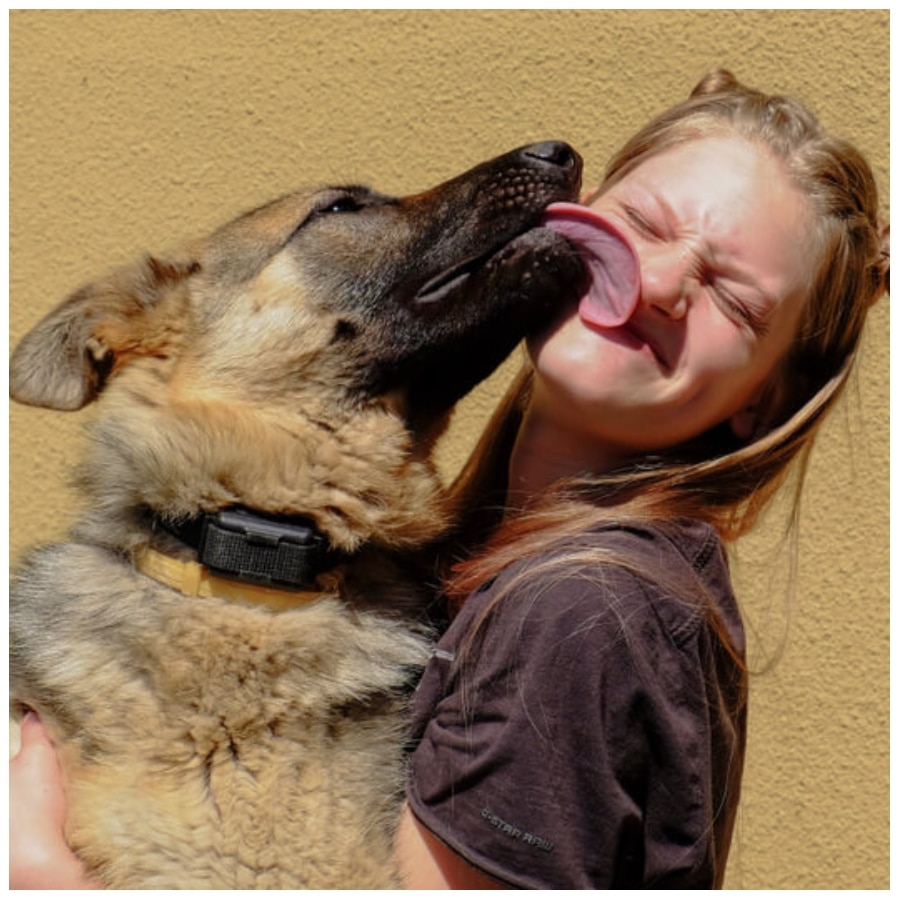
The dog is trying to communicate to you that they respect your authority and leadership. Take advantage of this to properly train your dog.
Going Between Your Legs
Have you ever noticed that your dog likes to sit between your legs when you’re out for a walk? If you stop at the park, and your dog decides to do this it means they feel a bit insecure.

They need their alpha, AKA their human, to let them know that everything is okay and they are safe where they are.
A Case Of The Zoomies
Have you ever watched a dog napping on the couch, only to get up and start running around the room? That is a case of the zoomies.
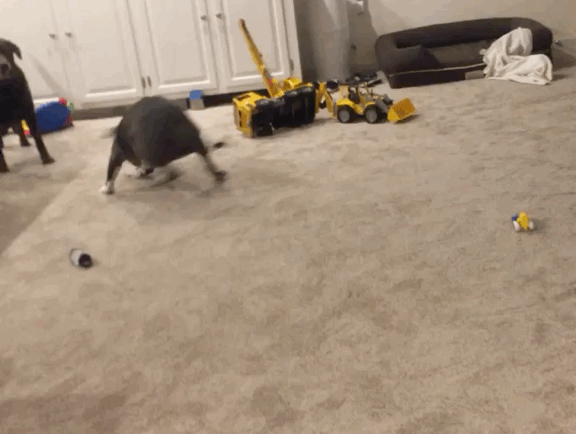
Zoomies are actually a giant burst of energy that dogs need to let out. This energy is created when a dog feels safe and secure; they zoom around out of pure happiness.
Chasing/Biting Their Tail
Puppies love to chase balls and anything else that moves. That includes chasing their tails every time they wag. Dogs who spend a lot of time spinning in circles or chasing their tails may actually need to see a veterinarian.
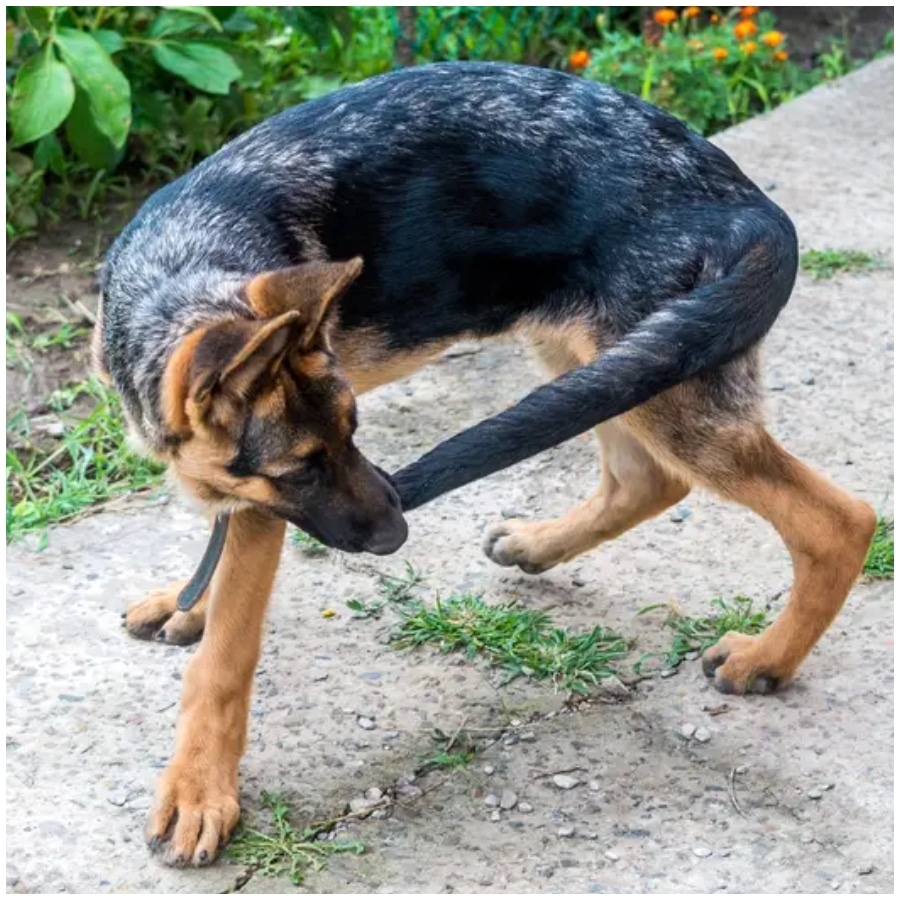
Abnormal spinning can indicate that there is a neurological disorder or that a dog may feel compelled to chase its tail out of anxiety. It never hurts to go to the vet for a check-up.
Munching On Some Grass
When you take your dog out for a walk or let it wander around the yard, you might see it grab a mouthful of grass. There are two reasons a dog might be eating grass.
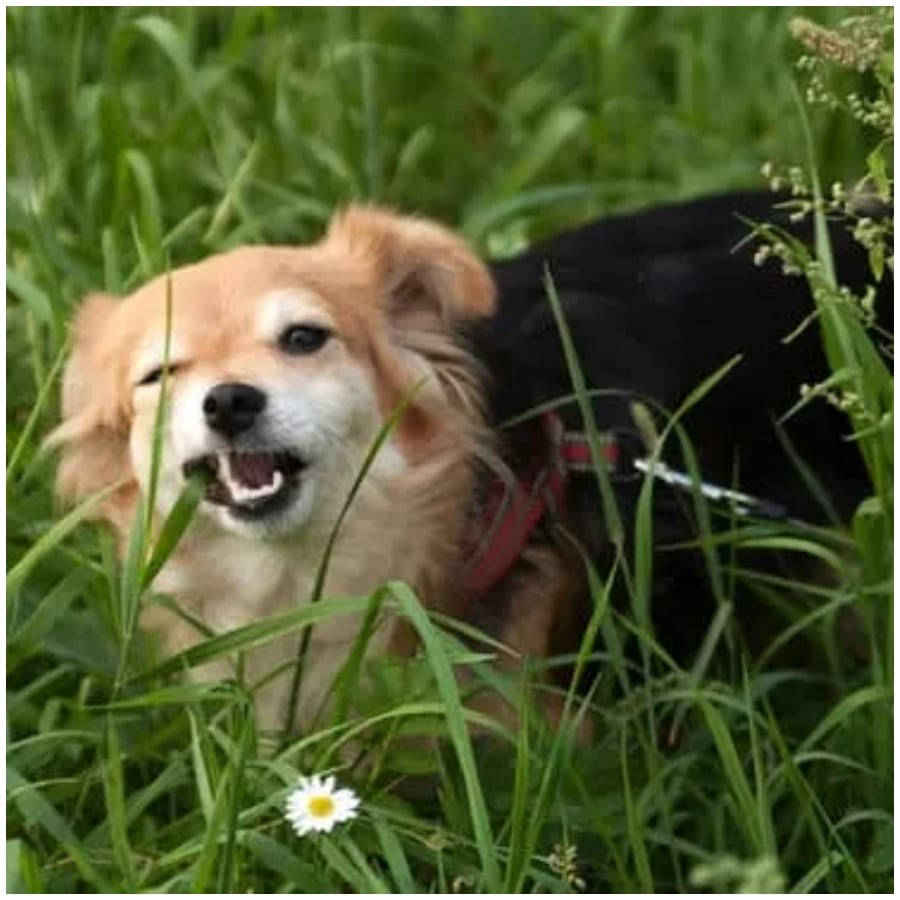
First, it could be an instinct leftover from when dogs were domesticated. They would eat grass to purge bad food out of their bodies. Second, they might just enjoy the taste. It’s a doggy salad.
A Quick Wink
As you gaze into the eyes of your canine companion, you might notice that they give you a quick wink. While this might seem like an adorable gesture, it’s not an intentional one.
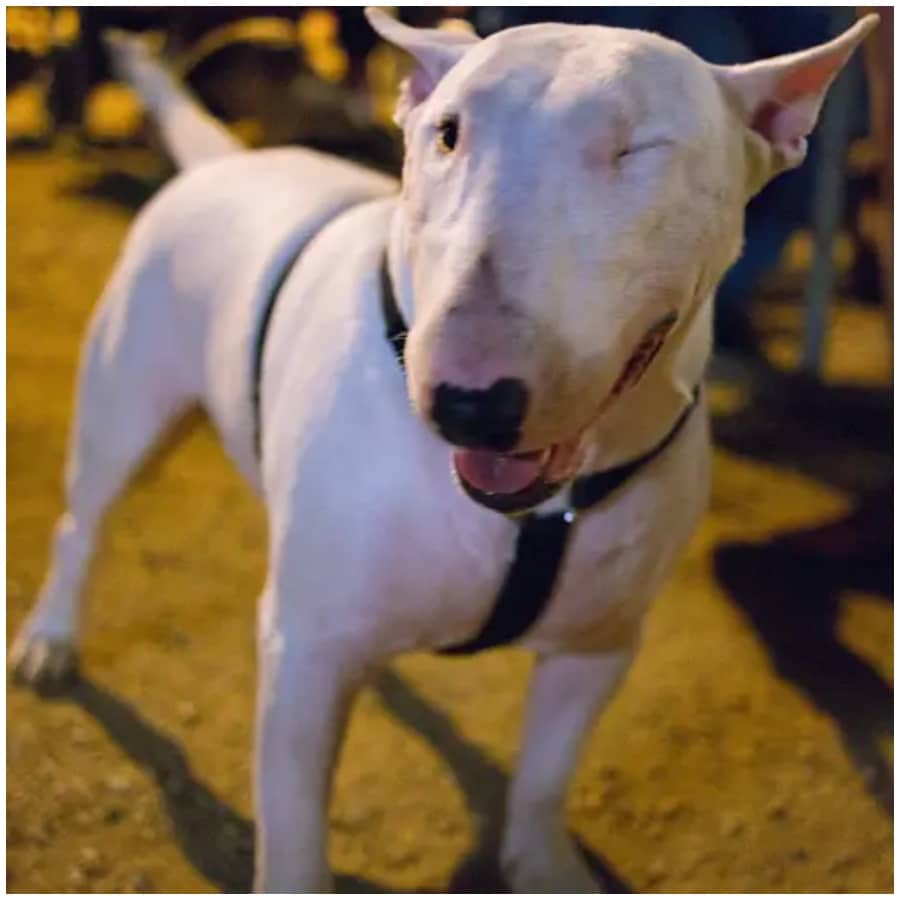
Your dog probably just has something in its eye, or it does not want to maintain eye contact. Prolonged eye contact in the dog world can be a sign of aggression.
The Very Personal Hello
Dogs love wandering around and saying “Hi!” to the other dogs in the neighborhood. While dogs tend to touch noses, the real hello happens somewhere else. Dogs will sniff each other’s hindquarters as a form of greeting.
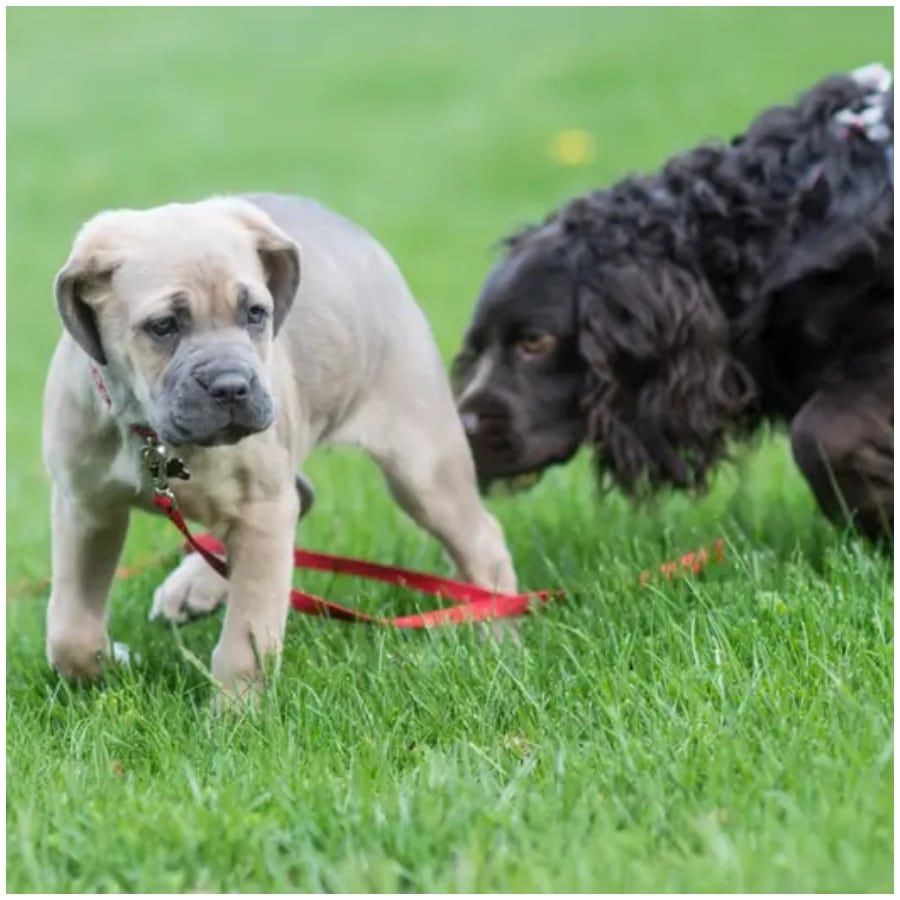
A dog’s scent tells other dogs if they are feeling friendly or if they may attack. That butt sniff lets them know if they are friends or foes.
Rolling Around
If there is one thing all dogs love to do, it’s rolling around in the grass or a pile of blankets. They love sniffing the area and then rolling around in whatever smell they have found.

What makes this a bit gross is that dogs like to roll around in what we think of as bad smells. The next time you see your dog roll around outside, you may want to check to make sure your dog hasn’t rolled in something foul.
Moving Food Around
Dogs always know when it’s time to be fed. As soon as the clock strikes 5 PM, it is dinner time. Some dogs like to chow down on the food in their bowls, while others like to delicately remove some and eat it in another location.
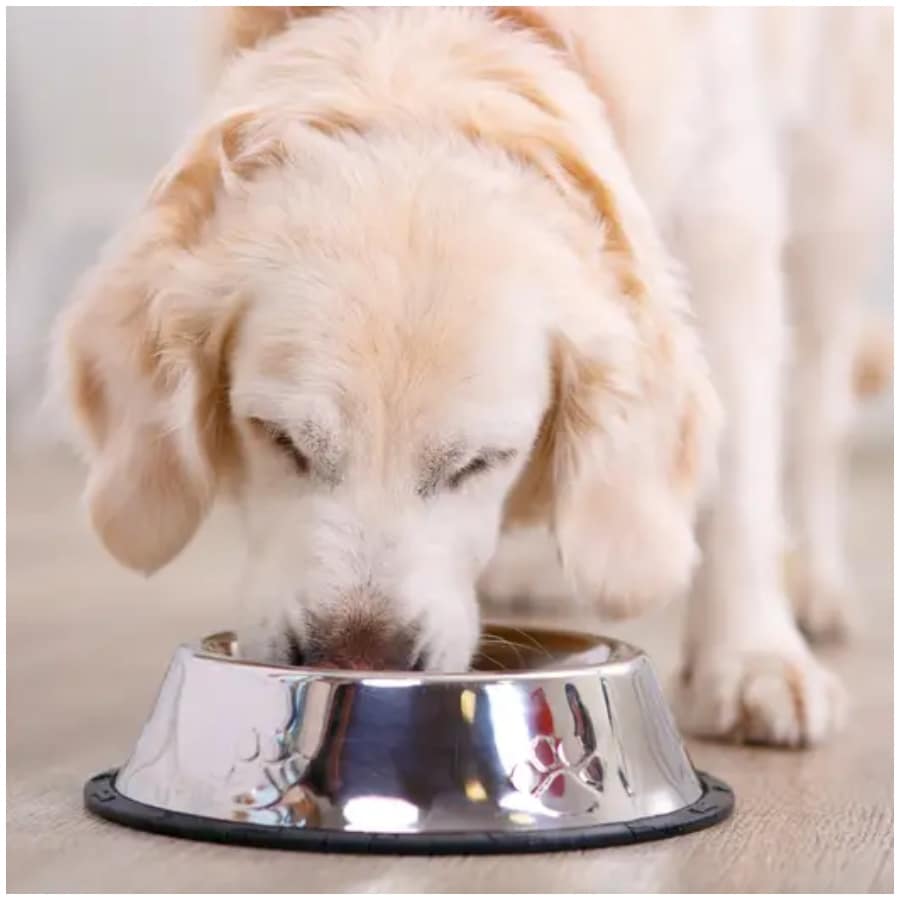
Moving food around is your dog’s way of protecting it. Your dog worries that someone might take his food. This is more instinctual than anything else.
Sleep Running
Both cats and dogs tend to move their paws in their sleep. That flicking motion, combined with their faces moving, is usually a sign that your pet is deeply asleep.

Just like humans, dogs have dreams, and they aren’t able to hide what they are dreaming about. Dogs that are able to fall into a deep sleep and dream are happy in their homes.
Words Of Affirmation
Just like people, dogs sometimes need words of affirmation. If you find your dog sitting or lying down in front of you with an expectant look, then they need your approval.

You can give them your approval and assurance by calling them over and giving them some nice pats. This lets them know you are happy with them and value their company.
An Intense Stare
Dogs can be pretty strange little creatures. Sometimes you will look up from whatever you are doing and be greeted by an intense, unblinking stare. That stare is a form of communication for your canine.

They just need some attention, and that stare is their way of asking for some love and affection. A simple scratch under the chin and a few pats will make your dog feel secure once more.
Dreaming
Dogs dream just like humans do. They fall into the REM cycle, and their faces and paws begin to twitch like they are running.
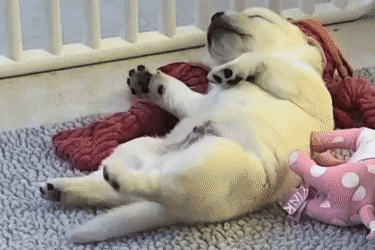
That’s because dogs dream of things that they do on a regular basis, like zooming around the yard, playing with their favorite toys, and going for walks with their humans.
Level Of Intelligence
Some dogs are smarter than others, just like some children are more intelligent for their age. Scientists have discovered that dogs have the intellect of a two-year-old toddler, and that is why they are full of boundless energy and have a thirst for knowledge.

Just like toddlers, dogs must be shown how to play with toys and where to go to the bathroom.
The Sixth Sense
Have you ever noticed your dog start to get antsy, and then a big storm or natural disaster blows into town? Dogs possess something like a sixth sense when it comes to bad stuff happening.

If your dog starts whining or trying to hide, look around you and try and determine if a bad situation is about to occur.
Sweaty Feet
Dog physiology is very different from humans. Humans are able to sweat from most parts of their bodies, whereas dogs can only sweat from the pads of their paws.

They will air out their feet if they are very hot and pant a lot to cool down. Sometimes their paws might smell like roasted corn, and that is from bacteria build-up due to sweating.
Feeling Jealous
A lot of dog owners decide to introduce a second pet to the home. This can create tension at first because dogs can feel jealous the way humans do.

They may not like that the attention they are used to getting is being shown to another animal. That’s why they may try and push the new pet away from its owner.
No More Bear Hugs
We know dogs look super cuddly and like they deserve a nice big bear hug. However, owners should refrain from this sort of behavior because dogs really don’t like it.
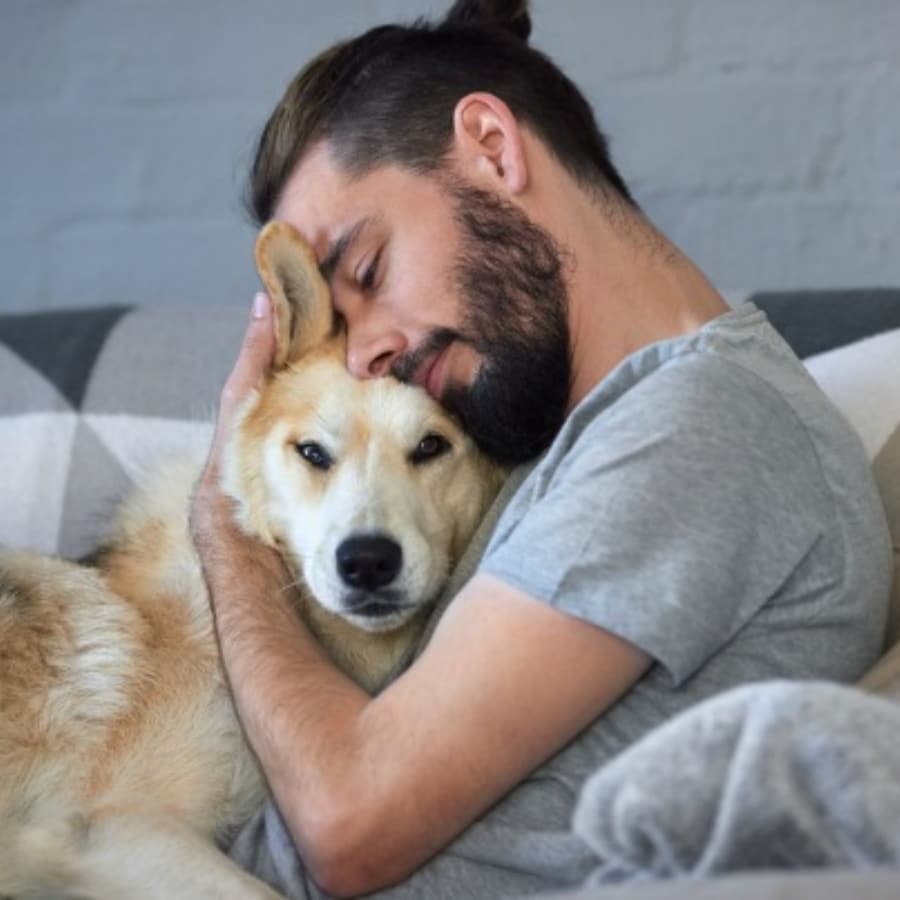
They may become used to hugs, but new dogs may become a bit defensive when hugged. In the dog world, affection is not shown through hugs.
Protecting Against Intruders
Dogs are packed animals, and any human who is not part of the pack is an intruder. Whenever a dog sees a person enter their territory, like the mailman, it may become very defensive.
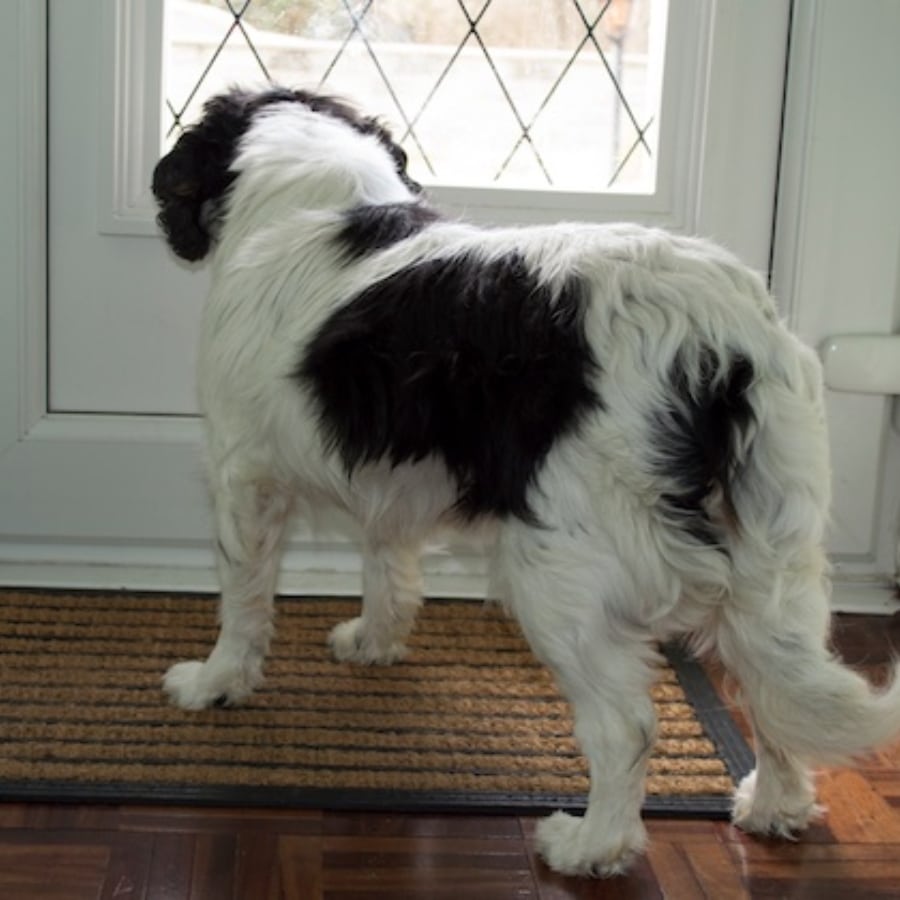
That’s because they believe they must protect their territory and their pack from a potential threat.
Chasing Cats
Dogs and cats have always been portrayed as pretty fierce opponents, but this simply isn’t true. At first, dogs think of cats as something that needs to be hunted because that is what they were once bred for and what their wolf ancestors did.

After a swipe from a cat’s paw, dogs see who the real leader is and quickly befriend them.
Chowing Down On Furniture
Not all dogs like to chew; some prefer to lick things or dig. However, if your dog is chowing down on the legs of tables and all of your shoes, there is a reason for it. Dogs need to exercise and get all of their zoomies out.
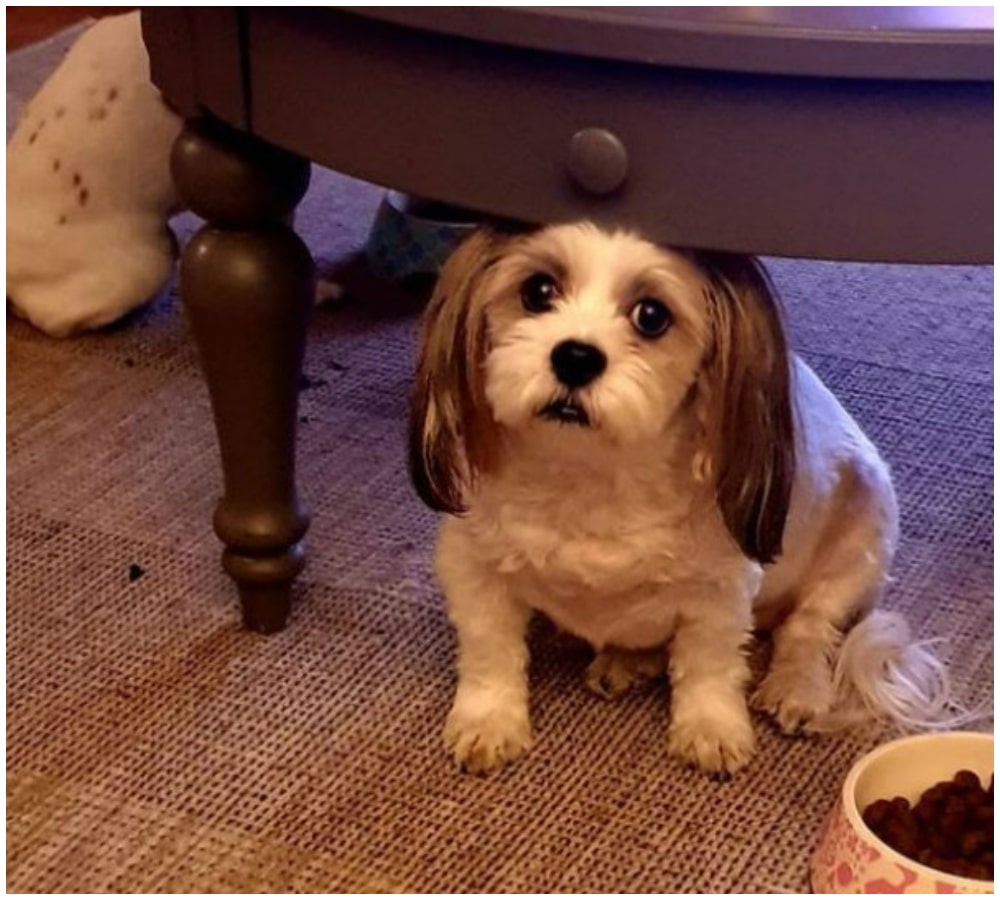
When they don’t get enough exercise, they need to find a way to release their energy and frustration. Chewing is a form of release, so if your dog is chewing, it needs more exercise!
Raising A Paw
A lot of dogs like to walk around and sniff different bushes. Sometimes a dog will pause and raise one of their paws in the air. This motion might look odd, but it is important when it comes to a dog’s cognitive abilities. Like humans, dogs need to pause and think about different things.
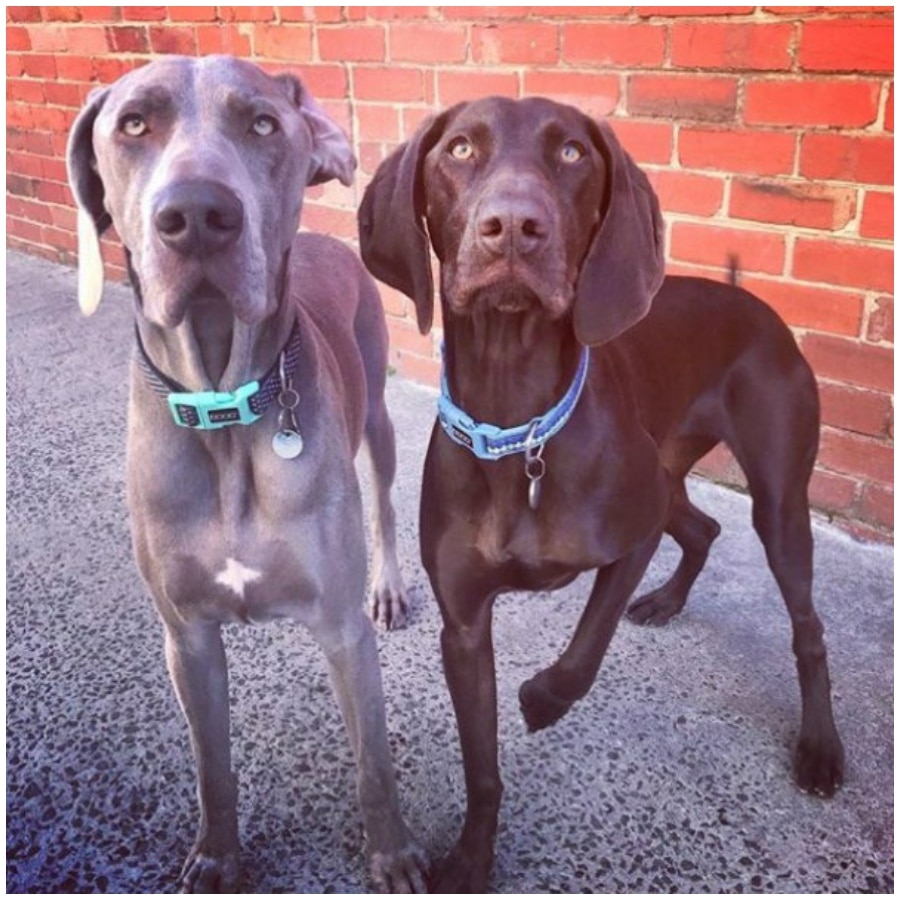
Maybe there is a bird they want to chase, or maybe they are wondering where they should trot off to. Raising the paw is their way of showing humans and other dogs that they are lost in thought. If you had to choose a human trait that is similar, the raising of an eyebrow would be it.
Bringing The Pack To The Bathroom
Going to the bathroom when you own a dog is never a solo adventure. Your dog will always follow you into the room and keep an eye on you while you do your business. This might seem strange, but it is actually an instinct designed to keep you safe from any predators.
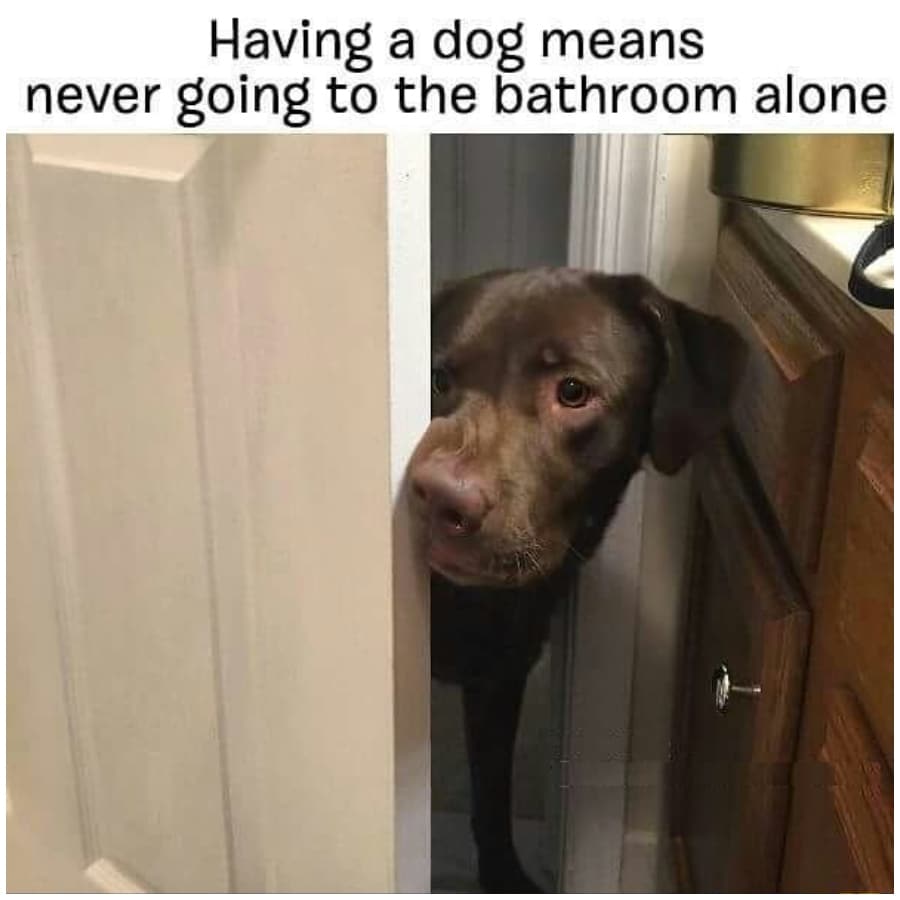
In the wild, when dogs roamed in packs, it was always safer to have a fellow canine watch your behind while you took care of business. Your dog sees you as a member of its pack and is doing you the favor of protecting you while you’re in a vulnerable position. How cute is that?
Always At Your Feet
No matter where you go in your home, your dog will follow. One place dogs love to be is at your feet. There is a very good reason for this. If you decide to get up or move to another part of the couch, your dog will know. That constant attention to you and your whereabouts is just another part of the pack mentality.

Dogs need to be able to protect their pack members from anything that could potentially hurt them. Next time you feel like moving your feet or getting up without letting your dog know, think twice. All they want is the best for you.
Perpetual Panting
Some dogs may seem like they are breathing heavily, also known as panting, all the time. With their tongues lolling out of their mouths and panting, it can mean only one thing. The dog is hot and probably tired.

Dogs don’t possess the ability to sweat the way humans do, and the only way they are able to cool themselves off is through panting. If you notice your dog panting a lot, check your thermostat, it might be too hot in your house for them.
Exposing The Stomach
Dogs love nothing more than a good belly rub and a scratch behind the ears. If a dog decides to lie down and go belly up, then this is a very good sign. Dogs will only show off their bellies and allow a few pats if they trust the human they are with.

Bellies are a very vulnerable area of the body, and that means if they show you their belly, then they feel safe. Don’t take this for granted; appreciate your dog’s trust and pet it gently.
40 Things Your Dog Wishes You Knew: “I can’t tell you when I’m not feeling well, so I need you to take me to the vet regularly”
Because dogs do not always show the same signs of disease or discomfort as people, it is important to keep up with your medical visits. Some veterinarians will remind you when it’s time for boosters or checkups, but not all of them will.
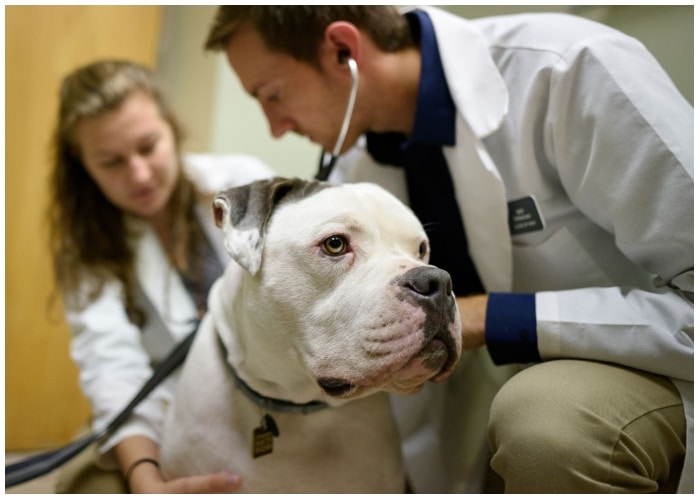
In general, all dogs should have a complete physical check-up at least once per year. Think of it as routine maintenance for your dog. These “wellness exams” give you a chance to track your dog’s growth and development and discuss any concerns with your vet. For older pets, it is suggested to take them to twice-yearly checkups.
“I may look guilty, but that’s not what I’m feeling”
When dogs make that guilty face after you scold them, it’s not an indication of guilt. They are mostly irritated by the yelling. Because of the lowered, insecure movements reminiscent of how a human might act when feeling humiliated and contrite, a dog’s posture may be interpreted as “guilty.” The dog’s eyes may squint and blink more often.

He might also avoid eye contact or look at you with the whites of his eyes exposed if he lowers his head. However, your dog’s expression could be a reaction to the human’s distress or anger rather than an indication of guilt.
“If you want me to learn, reward me rather than punish”
If you reward your dog for doing something excellent, it will want to do it again and again! If you try to teach them something by yelling at them, it will only cause them anxiety. “Training methods and tools that rely on discomfort, anxiety, or pain to improve behavior can actually increase fear and hostility in the long run,” said Emily Tronetti, a certified professional dog trainer.
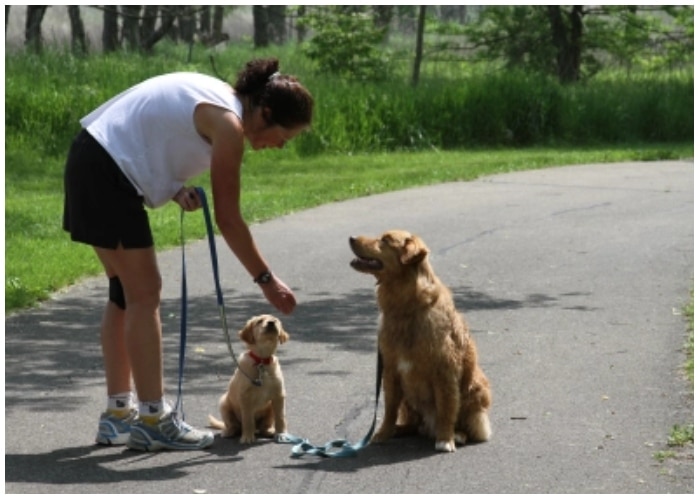
Reward-based strategies can effectively change your dog’s behavior and improve its overall welfare and well-being, according to specialists. Before going ahead and training your pup, consult with professional trainers for better results.
“Sorry I take my time, but please don’t rush me on bathroom breaks”
Taking dogs inside right after they go potty is frequently perceived as punishment, which can lead to a desire to hold it in as long as possible before urinating in order to get some fresh air. Dogs utilize their urine to alert other dogs to their presence, which is why they stop and urinate so frequently.
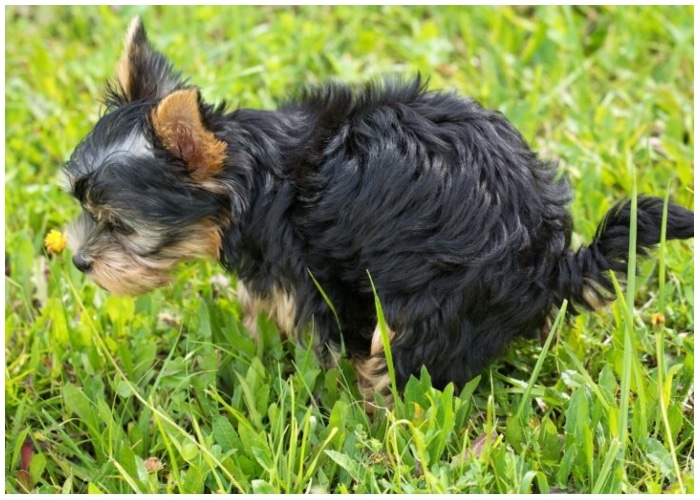
Additionally, when your dog insists on sniffing everything on walks, they are learning about the other dogs in the neighborhood. Instead, reward your dogs after they poop or pee on cue not only with their favorite food treats but with a satisfying walk, too.
“Yawning doesn’t necessarily mean I’m feeling sleepy”
When a dog yawns, it might signal either excitement or worry and not necessarily sleepiness. When your dog is frightened, he may yawn continuously while waiting at the veterinarian’s office. Dogs yawn in anticipation of something pleasurable, like a walk, as a way of reining in their excitement.

Some dogs yawn to avoid conflict with other dogs, as yawning can also suggest inactivity. It is a calming mechanism in dogs, used in stressful situations to calm their anxiety. Dogs will yawn in response to another dog or humans yawning, especially if it is a human they know very well.
“That ‘old dogs can’t learn new tricks’ saying is bogus!”
Contrary to popular belief, a dog’s desire to learn is there at any age. In fact, older dogs are less easily distracted than puppies, making them easier to train. You can certainly teach an older dog new skills, such as shaking hands, speaking, and rolling over.
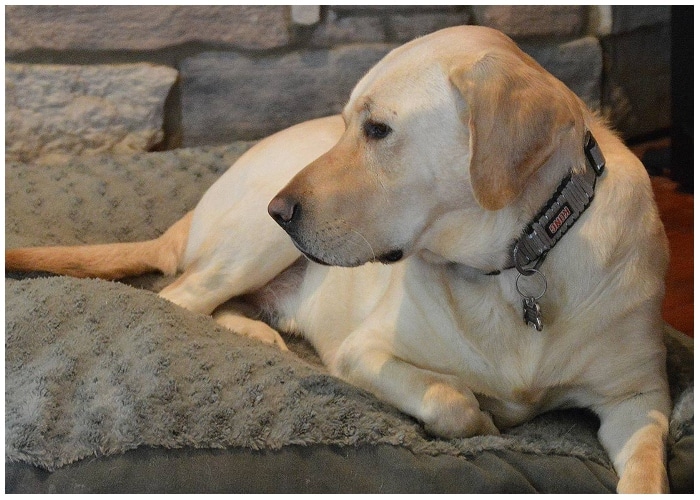
Keeping training sessions brief and enjoyable while providing plenty of positive reinforcement, such as goodies and praise, might make the process go smoothly. Research says it takes up to 4 weeks for an old dog to learn new things, so patience is needed. Dogs are naturally inquisitive and eager to grasp new experiences.
“I know you’re not that hot, but I’m overheating”
Dogs only have sweat glands in the pads of their feet, and they can only pant so much. Even if you are comfortable in the heat, your poor dog may be having a difficult time keeping cool. Some breeds are more susceptible to heat stroke than others.

When the weather warms up, some dogs remain ecstatic, while others seek out cool, shady spots to relax. Panting allows a dog to rapidly inhale, humidify, then exhale the air, which increases the evaporation of water from your dog’s nose and lungs. The evaporation of water cools the body from the inside out.
“My playtime should be a priority for you, too”
As you may already know, dogs need to go for a walk every day, and playing with them, and their toys will keep them from wreaking havoc on your stuff. Aim to play with your dog for at least fifteen minutes twice a day. Some high-energy dogs will require more time to play in order to be content.

You can quickly plan an enjoyable play routine for you and your dog by mastering the correct types of toys and games. Dogs need to engage in fun activities just as humans, in order to keep themselves, both mentally and physically, fit.
“I don’t think of you as an owner”
Your dog does not think of you as an owner or their property. They actually consider themselves a part of your family. What the studies demonstrate is good news for all dog owners: dogs not only seem to love us back, but they also see us as members of their family.

A recent neuroimaging study on olfactory processing in the dog brain provides the most concrete evidence that they are hopelessly devoted to the humans they bond with. Your dog will also quickly learn to pick you out among strangers, both by sight and through his powerful sense of smell.
“I didn’t chew your favorite thing to be mean”
Chewing on the things in front of them serves many purposes for dogs. When left alone, your dog may chew your belongings if they’re anxious or frustrated or simply bored, but not to spite you. Some dogs reflexively rip objects apart in search of food.
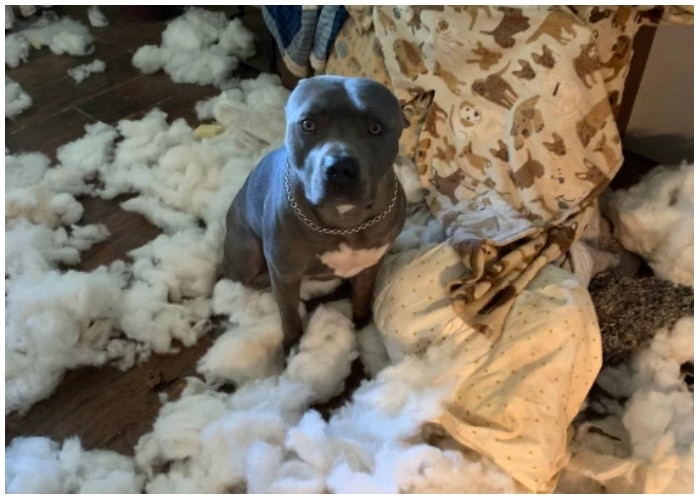
It’s normal for puppies to chew on objects as they explore the world. For young dogs, it’s a way to relieve pain that might be caused by incoming teeth. For older dogs, it’s nature’s way of keeping jaws strong and teeth clean. You can train your dog to focus on certain objects to chew on.
“If I’m acting differently, I might not be feeling well”
Each owner is very well-versed in their dog’s unique personality traits and mannerisms. So, if they start acting in a weird way or become less active or interested in their typical activities, it could be a symptom of medical problems.

For example, change in activity level (e.g., lack of interest in doing things they once did), stiffness or difficulty climbing a stairwell, sleeping more than usual, or other changes in behavior or attitude should be taken seriously. Coughing, heavy panting, or hard breathing are all possible symptoms of severe conditions. Don’t hesitate to take your dog to the vet.
“I hate kennels”
When you travel out of town, your dog would prefer a house-sitter or someone who boards dogs in their own home. Kennels can put them under a lot of stress, from being apart from their owners to social interactions with other dogs. If your dog growls and whines in his kennel, he is most likely remembering a bad event and is anxious to remain there.
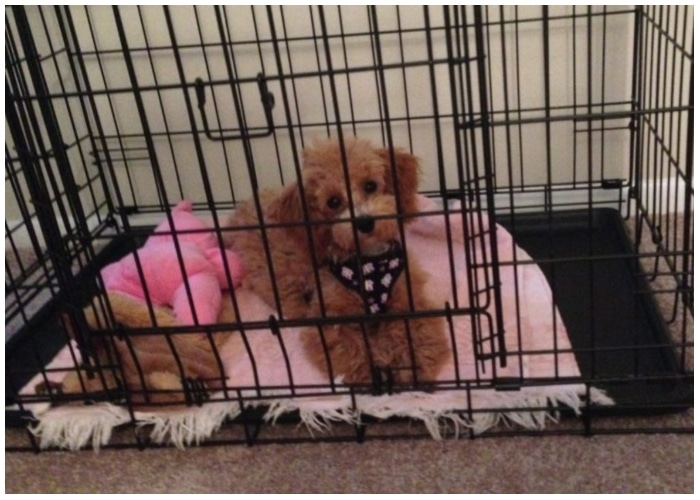
For some dogs, a kennel can be lonely and frightening, and it has been shown to trigger stress symptoms similar to those seen in people. However, they can be trained to deal with it better.
“I’m not a weirdo for eating poop”
Although it is quite disgusting when dogs eat poop, it’s a natural occurrence. Most puppies will outgrow this, but with the right instruction and good reinforcement, poop eating can be avoided on fully developed dogs.
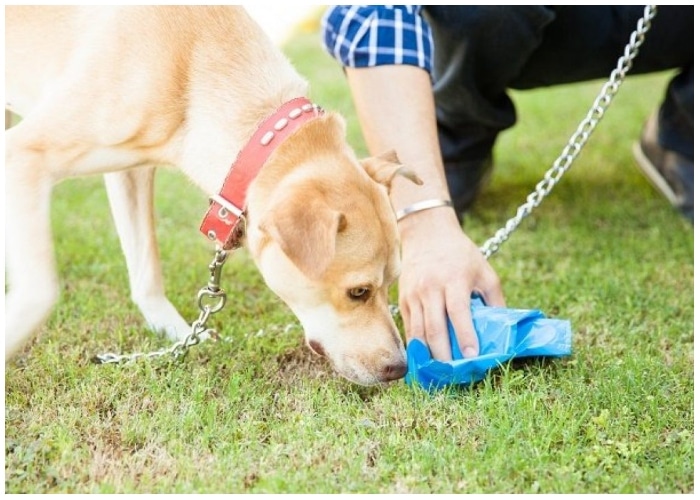
In many circumstances, dogs begin to eat their own feces as a result of environmental stress or behavioral cues, such as to get a reaction from their owners, which they will undoubtedly get. Be aware that the consumption of the dog’s own poop is generally harmless. Eating the waste of other animals, however, could expose your dog and your family to harmful parasites and diseases.
“Dogs should be protected in the car, too”
If your dog enjoys sticking his head out the car window, make sure to keep them safe like any other passenger. A dog seat belt and harness combination is the safest ways to transport a dog in a car.

Your dog should not sit in the front seat under any circumstances, regardless of the method you employ; it is safest to secure them in the cargo area or back seat behind a front seat. Dogs need to be suitably restrained so they cannot distract you while you are driving or injure you or themselves if you suddenly hit the brakes.
“I may be an animal, but I deserve quality food, too”
Dogs will eat anything, even from the trash; however, bad food should be avoided. Feeding a higher quality food leads to a longer and healthier life for most pets, with lower veterinarian bills. Lower veterinarian expenditures and a lower chance of health concerns caused by insufficient nutrition will offset the increased cost of higher-quality food over the life of the pet.
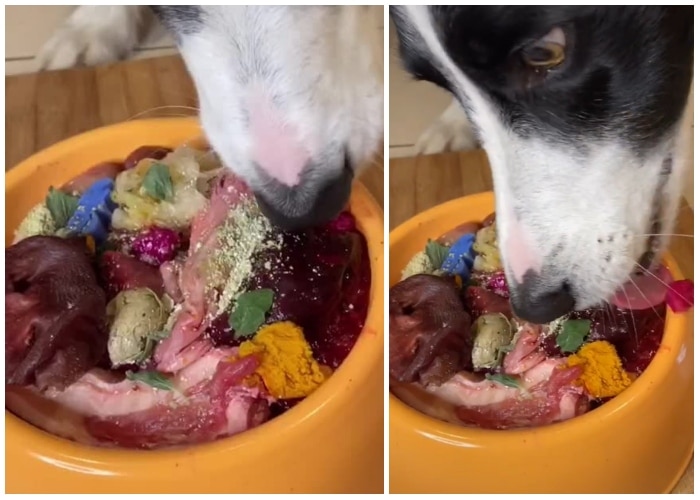
Feeding dogs a diet made with natural, real ingredients, such as beef, chicken, and spinach, will promote heart health, increase energy levels, make coats shiny and breath smell better, improve eyesight, and even impact a dog’s stool.
“Please trim my nails”
It’s probably time to cut the puppy’s nails if you hear that click clicking on the floor every time they walk by. Trimming your dog’s nails keeps him comfortable and clear of infections, as well as prevents scratches on your legs when he jumps up to get some love from you.

Nail trimming is an essential part of dog grooming, and trimming nails is one clear sign of your dog’s good health and hygiene. Because nail clipping can be a stressful experience for many dogs, begin trimming your puppy’s feet when they’re small, so they get used to the procedure.
“You shouldn’t leave me alone all the time”
Dogs, like humans, are social creatures. They dislike being alone for long periods of time. Boredom can escalate to negative behavior if it is not addressed. In terms of companionship, depending on their age, dogs should not be left alone for more than four hours every day because it jeopardizes their welfare.

If you are going to be away for too many hours, you do need to check into a pet sitter or dog walker. Any dog forced to hold their urine for too long is at risk for urinary tract infections, stones, or even crystals, among other health problems.
“Sorry, but I have no idea what you’re saying”
Your dog may not understand the words you’re saying to them, but they can pick up on your tone of voice and body language. Although a dog’s vocabulary can expand to a certain extent, they’re unlikely to comprehend the true meanings of even the words they recognize.
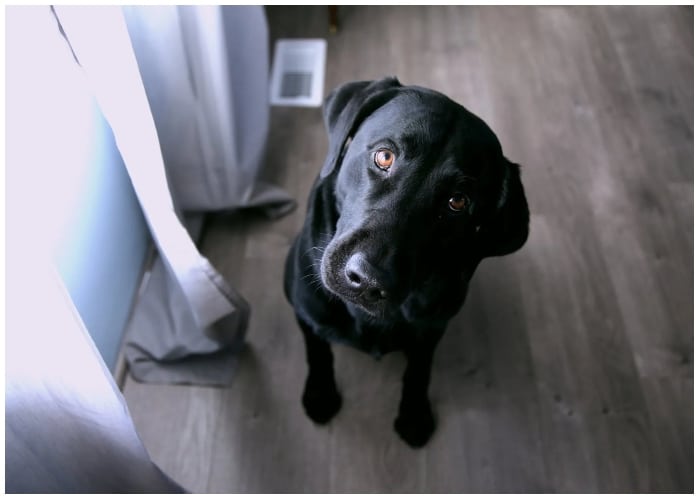
Dogs are unable to detect minor distinctions between words in the same manner that people can. The distinction between “dog” and “dig,” for example, sounds different to human hearing but not so much to dogs. Dogs pick up on distinct words that they hear often and process that information, regardless of the tone.
“I age faster than you do”
Learn to appreciate each minute you have with your dog because by the time they reach the age of eight, medium-sized or giant dogs are called seniors. Smaller dogs reach old age around the age of ten. If your dog begins to show physical indications of aging thus soon, don’t be startled, it’s the natural process of life.

Their aging process is much quicker in the first few years of their lives. This means that dogs reach adult maturity faster than humans. So, a dog that is one year old would be the equivalent age of a 15-year-old adolescent.
“Yes, I’m begging, but I’m not really starving”
It may be difficult to believe at times, but this is one of those behaviors that proves dogs aren’t all that different from their wolf counterparts. Wolves are pre-programmed to eat whenever food is available since they live on feast-or-famine diets. In consequence, begging is a natural habit for dogs, and modifying it takes a lot of effort.

If you want your dog to stop begging, be sure you aren’t sending him contradictory messages. You can’t chastise him for asking while guests are present and then give in the next day. You must maintain a level of consistency.
“I need rules and consistency”
You could assume that having rigid rules makes life boring or unhappy for your dog, but they genuinely want to know what their leader thinks is good and bad. This manifests itself in the form of rules. It’s comparable to how children benefit from structure and limitations.
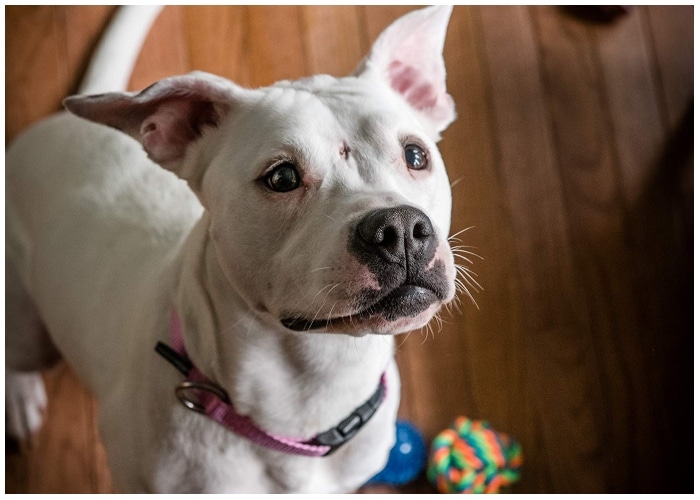
Dogs want us to teach them what they are supposed to do because they are social pack animals. We are their pack leaders, and they look up to us for protection and direction. Giving them boundaries or letting them know where they can and cannot go is a great method do it.
“We should still walk in hot or cold weather, but my feet need protection”
Your dog is totally fine walking around barefoot most of the time. However, in certain instances, like in extremely hot or cold weather or when hiking over jagged rocks, their paw pads must be protected. For these times, invest in a pair of dog shoes.
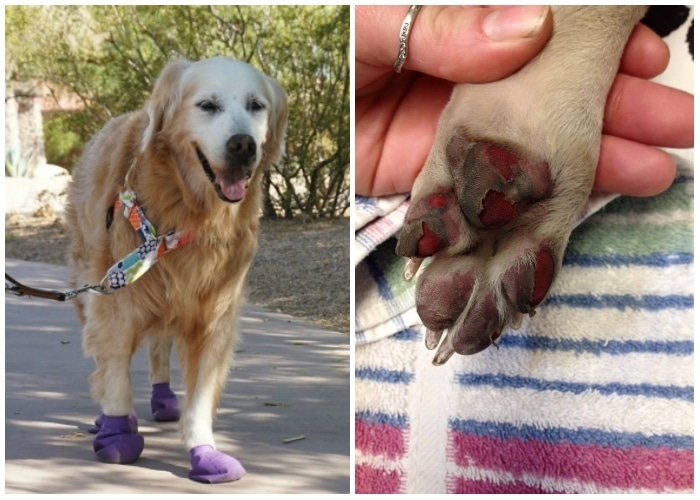
Booties and socks for dogs are made of special materials that assist in protecting them from the scorching heat of the pavement. When possible, avoid walking on streets or sidewalks during the warmest part of the day. If your dog feels uneasy on a hard surface, take him to the grass, which is cooler than concrete.
“Even though it really seems like it sometimes, I’m not a human being”
Your dog cannot be expected to follow human norms and patterns. You shouldn’t treat their acts as though they were motivated by human emotions. They don’t chew on your shoes to annoy you, and they also don’t spend their days at home wondering where you are and why you’ve abandoned them. We, humans, love to anthropomorphize other species.

It’s one of the first ways we try to relate to them, to connect by seeing a glimmer of ourselves in them. Animals deserve to be treated humanely but not as humans. Dogs are canines and have a very different thought processes.
“My wagging tail doesn’t always mean I’m happy”
It is a popular misconception that dogs wag their tails to show they are pleased and friendly, but this isn’t always the case. Dogs do communicate with their tails, yet a wagging tail is simply a sign of a dog interacting with its environment. When a dog’s tail is straight out, it suggests the dog is interested in something.
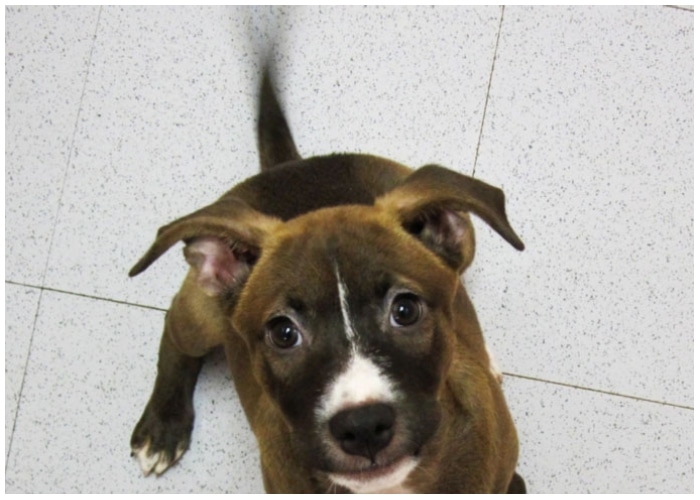
It is vital to speak to a dog’s owner before petting a dog to whom you are a stranger, as often a misinterpretation of a tail wag can lead to a nasty bite! Don’t assume you know how the dog will react.
“I don’t understand why you put clothes on me”
Fashion is solely a human endeavor, and your dog has no understanding of a shirt as anything other than a contraption designed to make them uncomfortable. Veterinarians feel that Santa outfits or princess dresses (or even those lovely little tweed coats) can cause unpleasant rubbing on a dog’s skin, as well as overheating and stress.

They may have a hard time controlling their body temperature properly. Clothes could even choke your pet if they get tangled up or caught in something. However, if your dog is a short-haired breed or originates from a warm climate, it may require cold-weather clothing.
“I don’t remember things as you do”
If you scold your dog over poop that they did on the rug hours ago, they will not comprehend why. Dogs lack short-term memory, and their memory-processing mechanism is vastly different from ours. Humans have episodic memories, but they have associative memories, which means they remember events based on associations and not actual memories.
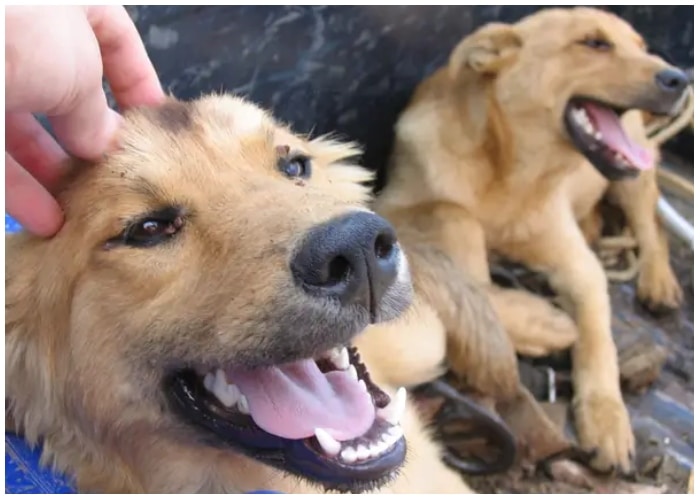
For example, if you put on your sneakers before taking your dog for a walk, your dog will be excited every time you wear them. Changing these associations is possible. We have to work to replace the negative with positive associations in order to see improvement.
“Not all table scraps are meant for me”
Even though it’s in your dog’s nature to beg for food whenever it’s available, they can’t eat everything you can. Before you give your dog some leftovers, be sure you know what’s poisonous to them. Human food is far too rich and fatty for a dog to digest correctly, resulting in vomiting, diarrhea, and even more serious illnesses such as pancreatitis.
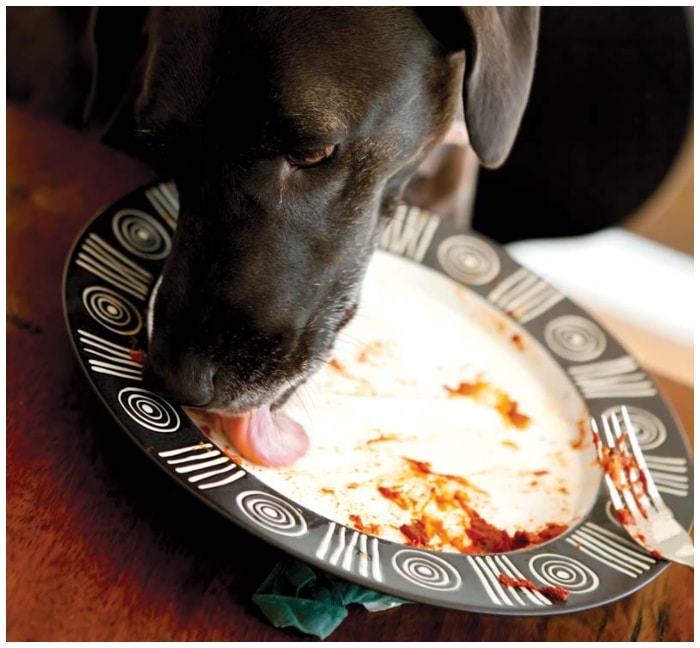
Many human diets are high in salt, which is harmful to dogs. Processed sugars are also detrimental to their health and may cause them diabetes. Consult with your vet what is the best diet for your dog in particular.
“Hugs aren’t hugs to me”
We instinctively interpret hugging as a sign of affection, but for dogs, it can be a hindrance to their mobility. This uncomfortable position may be interpreted as a hug as a display of dominance. The reason for dogs not liking human hugs goes back to their evolutionary history.
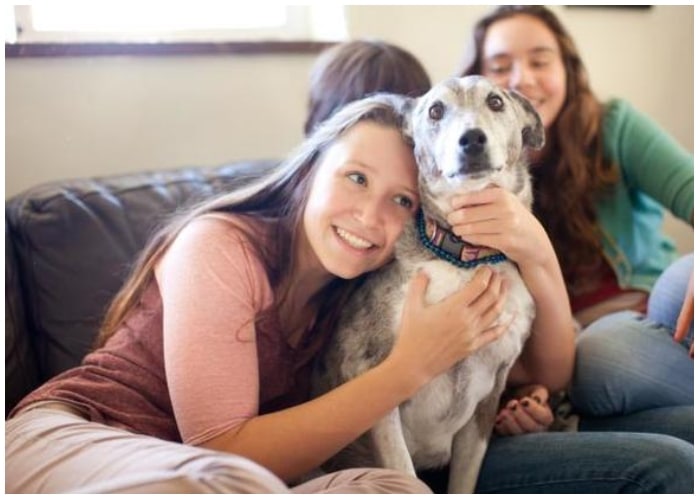
Dogs are technically cursorial animals, which indicates that they are designed for swift running. In times of stress or threat, the first line of defense that a dog uses is not his teeth but rather his ability to run away. So when you hug the dog, it can feel trapped and uncomfortable.
“I really do love you”
Science has demonstrated that dogs genuinely love humans. They do not see us as a mere food source, as it was previously thought. Studies also discovered that the scent of their owners elicited more excitement in the dogs than any other stimuli. They actually love physical affection and often seek it out from their favorite people.
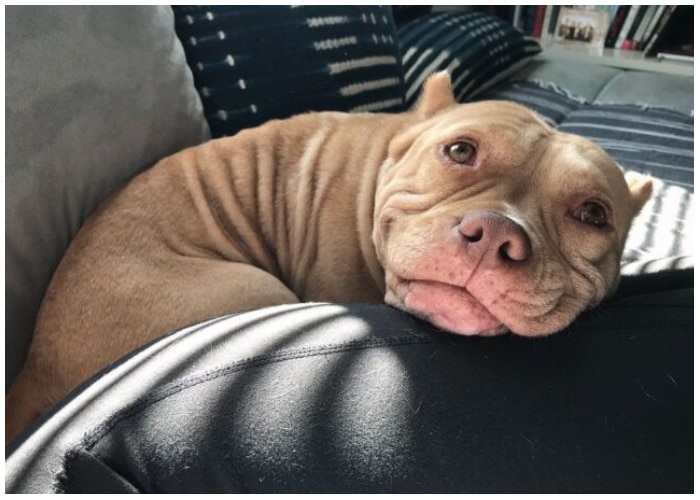
MRIs and behavioral studies show that dogs prefer their favorite humans more than yummy treats or bowls of food. The 40-thousand-year evolution of dogs, as well as recent selective breeding by humans, has contributed to many elements of modern dogs’ overall behavioral patterns.
“I’m not ‘running away’ when I instinctively bolt out the door”
When your dog bolts out of the door when they get the chance, it’s not because they’re trying to abandon you; they’re simply attracted to the fragrances of the outdoors and interpret running outside as an opportunity to “play” with you while you follow them. If you wish to modify this behavior, you can increase your dog’s cardiovascular exercise by taking them on regular long walks.
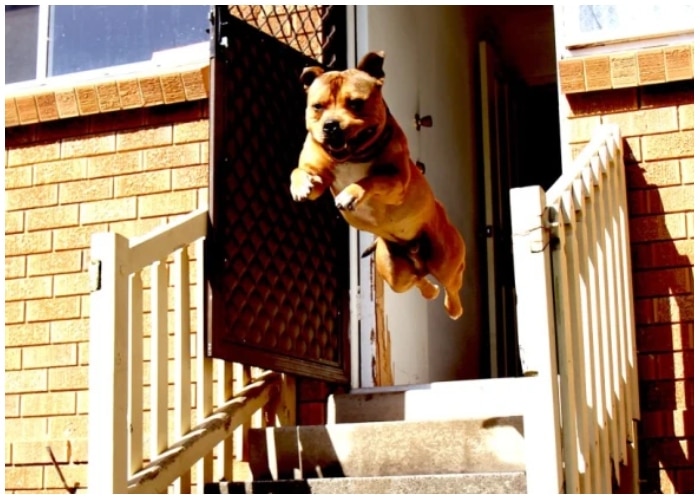
Practice the “come” command in different environments, including ones with increasingly more distractions, like the beach or the dog park, to manage door dashing. Some dog breeds are more likely to run away.
“I Like To Change Things Up Sometimes”
Dogs require consistency and regularity, but too much of either isn’t fun. Once in a while, switch things up. They’re not designed to live a sedentary lifestyle and they must be engaged in some way.
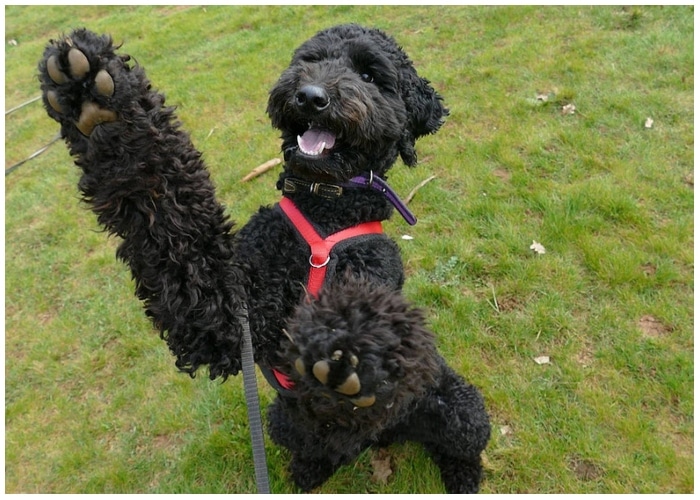
They require entertainment as well as something to do. If you can’t give them enough stimulation to keep them happy, you might want to consider getting a different kind of pet to keep at home.
“I Know How You Feel”
Dogs are superb at deducing how we’re feeling because of their ability to read body language and tone of voice. And your dog will not only understand how you feel, but they will also experience it.

Dogs are empathetic because they have the ability to understand and share the emotions of others. If you’re worried, your dog will assume there is something to worry about and become worried as well.
“I Want To Spend As Much Time As Possible With You”
It is a sad reality to consider, but as we already know, dogs do not live as long as humans. And they want to spend as much of their lives as possible with the person they love: you.
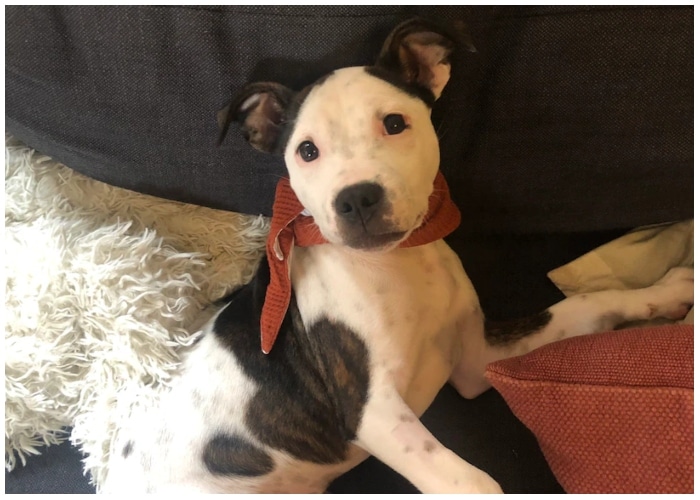
That includes avoiding leaving them at home when you go away and making a conscious effort to spend as much time as possible with your dog, even if it’s only at home.
“I’m good for your health”
Did you know that dogs are beneficial to your overall health? Dogs provide a lot of amazing health benefits that may help you live a much better and more joyful life, plus they are just very fun to have around.
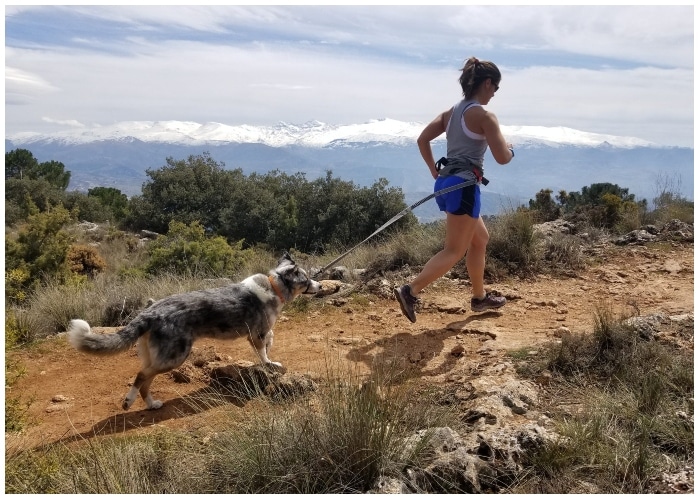
This has been researched and confirmed by scientists since pets encourage exercise and playfulness and even greatly improve your cardiovascular health. They lead their owners to a more active lifestyle.
“I’m good for your mood”
We know dogs put people in a good mood. They have the ability to reduce stress and make you feel better. They help you feel less anxious, happier, and less perplexed. They have the ability to cheer you up after a hard day.

Caring for an animal can help children grow up more secure and active. Pets also provide valuable companionship for older adults; they help with loneliness and depression.
“I’ll help you live longer”
Dogs can help you live a longer life because they have so many health benefits. It has been established that people who own animals live a few years longer than those who don’t.
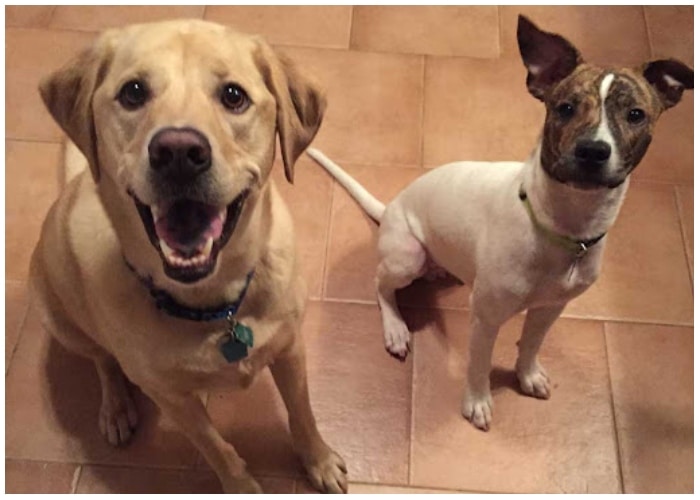
People who own dogs tend to spend more time outdoors, which is known to be beneficial to health. Simply petting a dog, especially a familiar one, lowers a person’s blood pressure. All these things extend your lifespan.
“I’m good for your body”
Dogs must play, be active, and take walks. This means you may choose a dog that fits your lifestyle while still being good for your health. You must take them out and maintain them healthy in order for them to reciprocate.

Your dog will urge you to get out and be active, which will show in your physical appearance. It’s great for individuals who have a hard time doing exercise.
“Let me get dirty”
Dogs adore getting dirty; it brings them joy. Don’t be concerned about allowing your dog out in the rain, muck, or filth. They’re in desperate need of this, and they adore it.
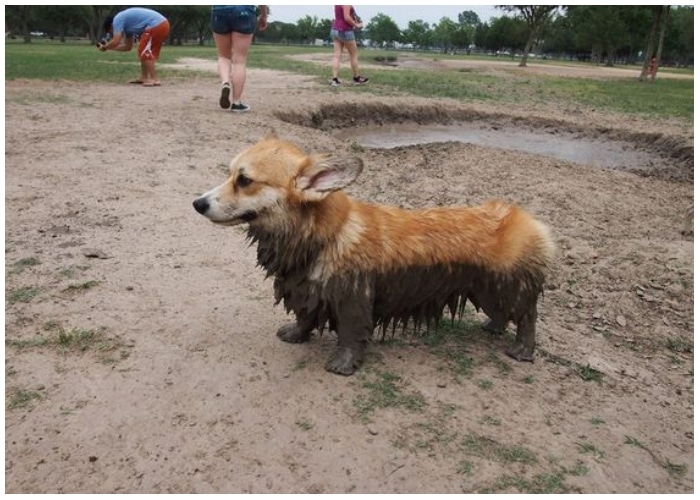
So let’s do something to make your life easier by establishing a mud room or doggie bath where they can clean up before coming back into the house. This is going to make your life a lot easier.
“I’m always loyal to you”
We all know that dogs are devoted to their owners at all times. They will go to any length to ensure that their people are happy and in a secure environment. They’re incredibly loyal and loving creatures.
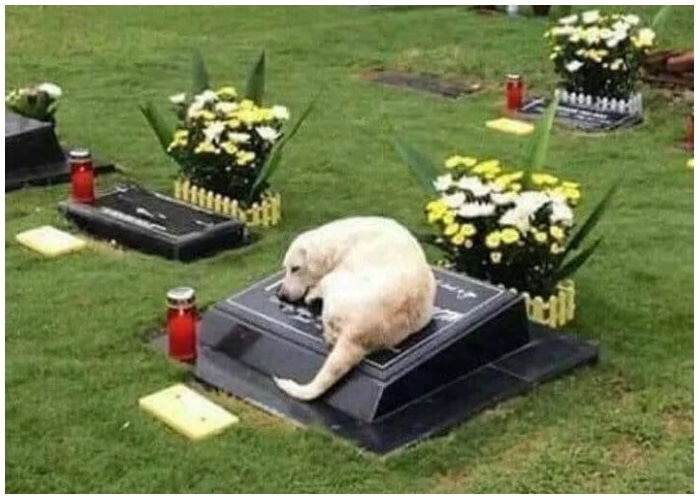
They will go to any length to be there for you, to protect you from harm, and to ensure that you always feel loved. They are completely focused on you at all times.
“I miss you”
Your dog misses you while you are not present. It’s understandable that you need to go to work and earn a living, but it’s not entirely fair to your dog to ignore them on a regular basis.
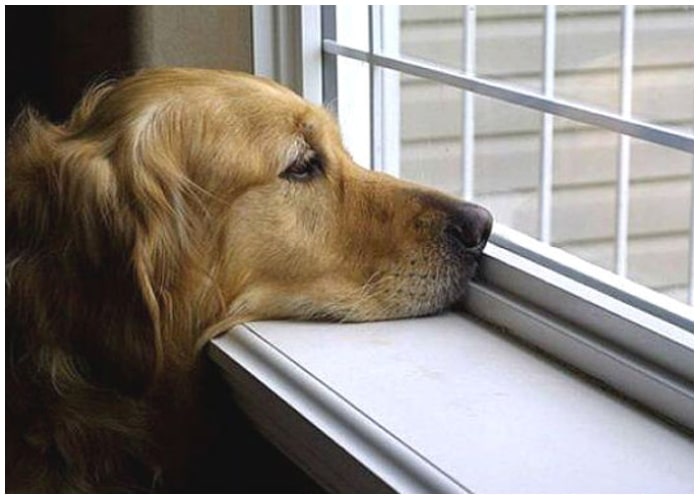
In fact, if you can’t keep a dog happy, you shouldn’t bother with one. If you can’t be present to love and care for your dog in every manner possible, don’t get one.